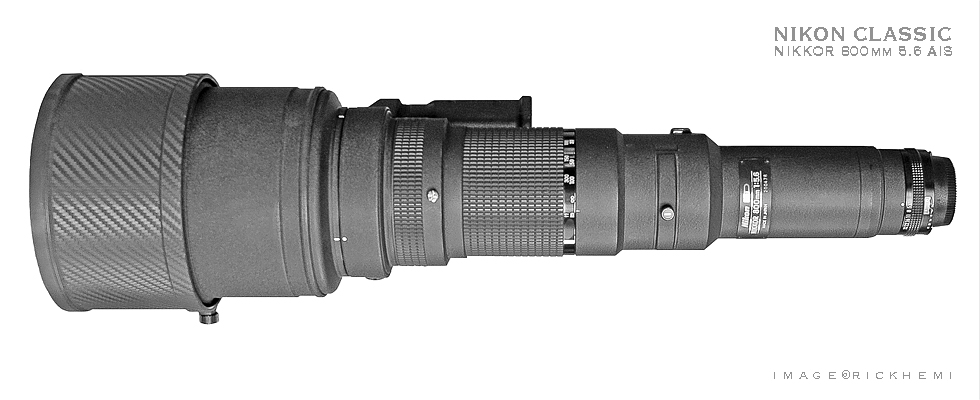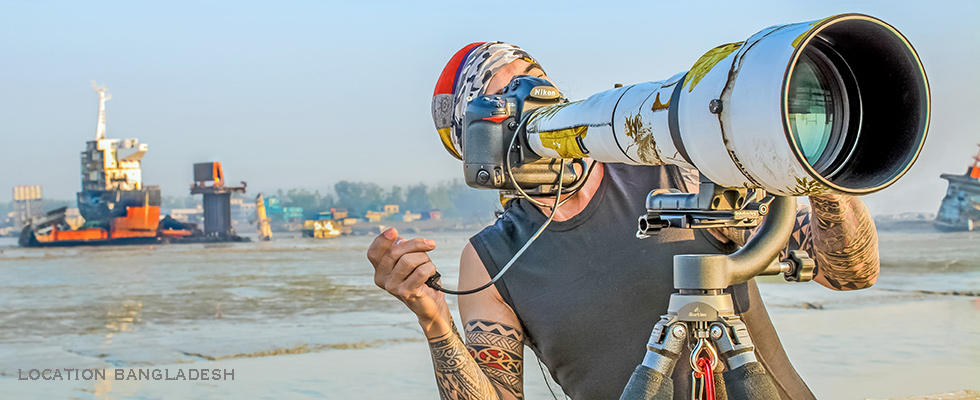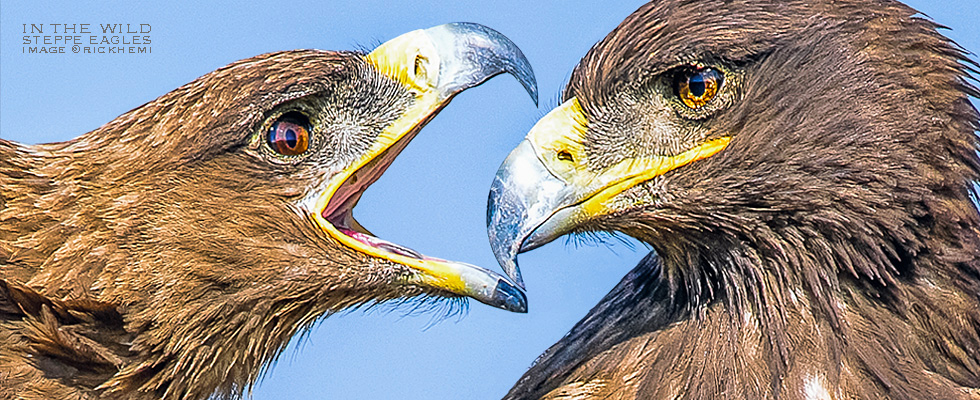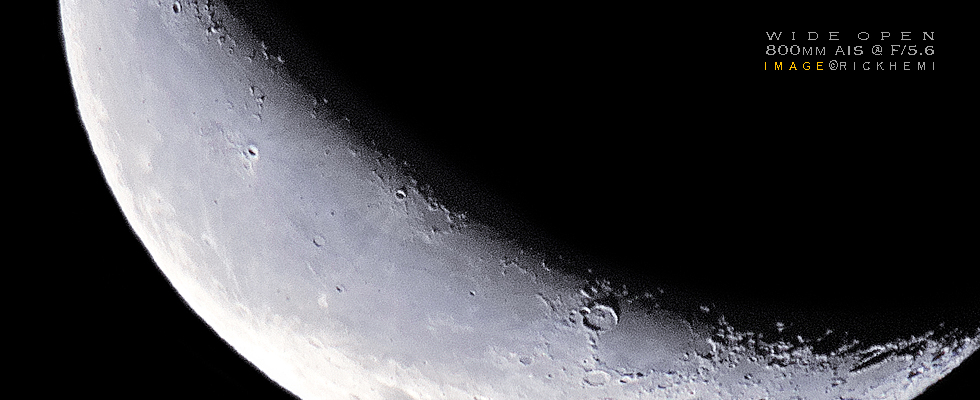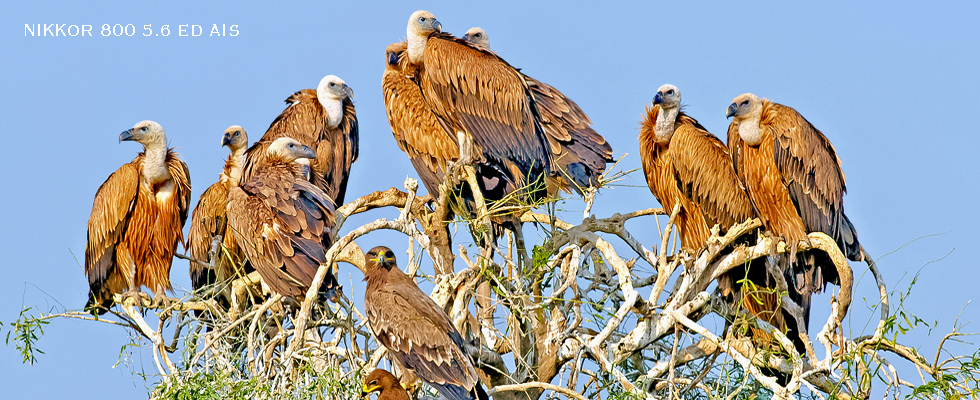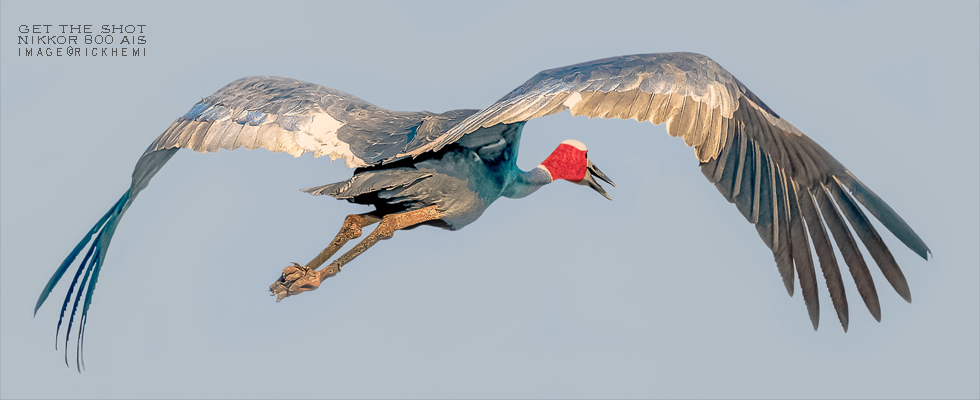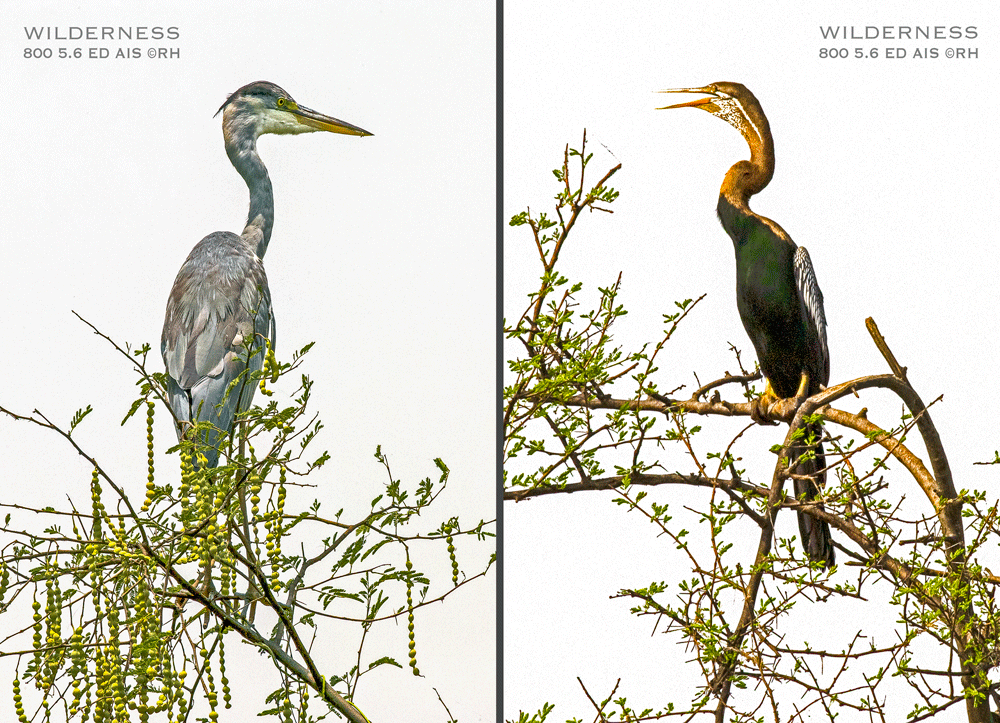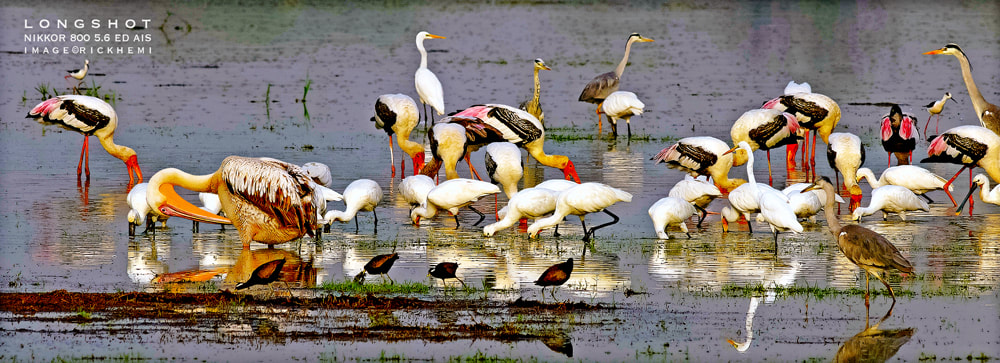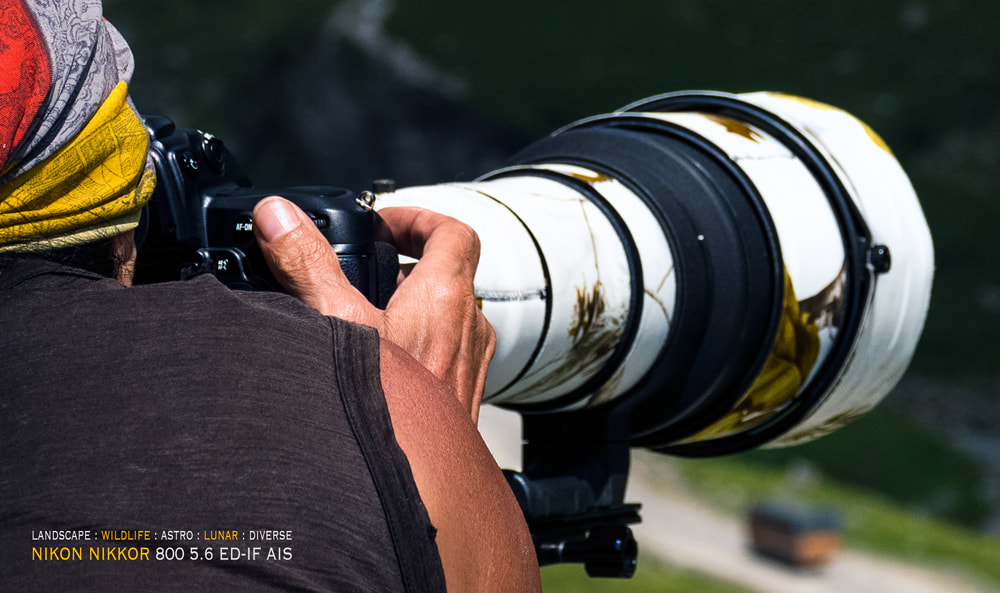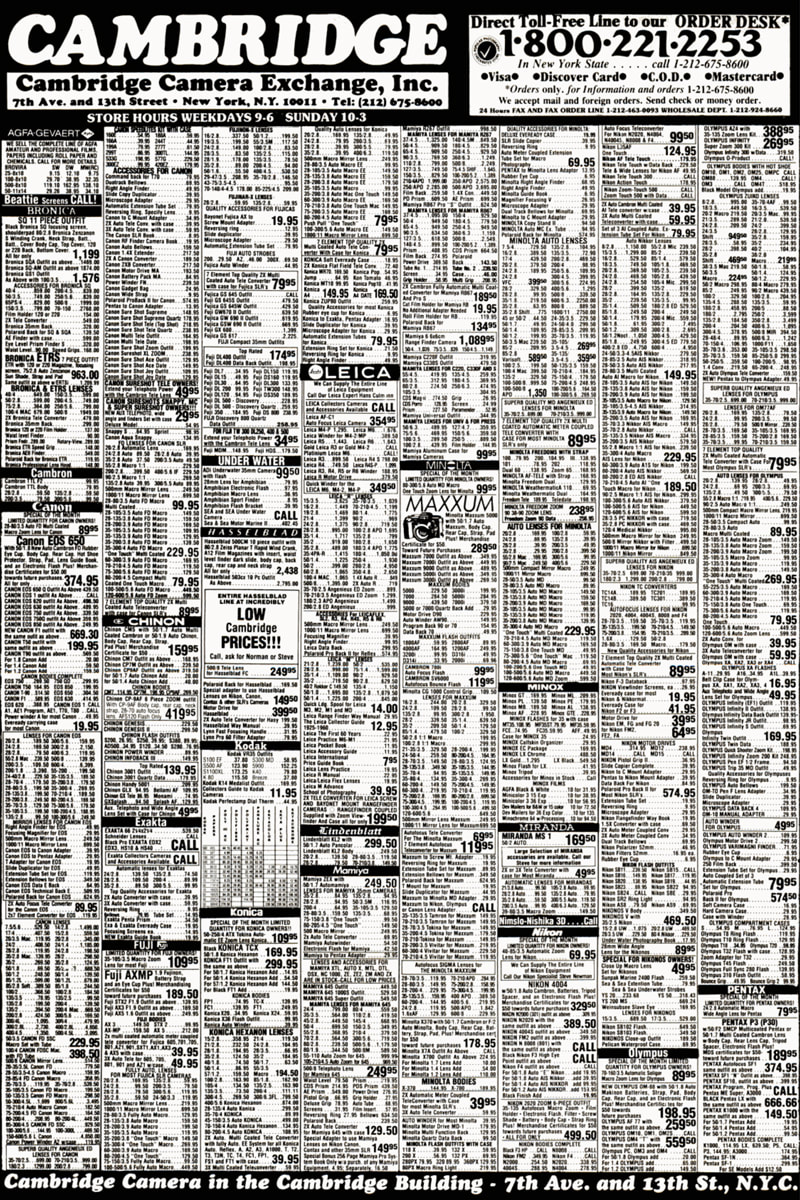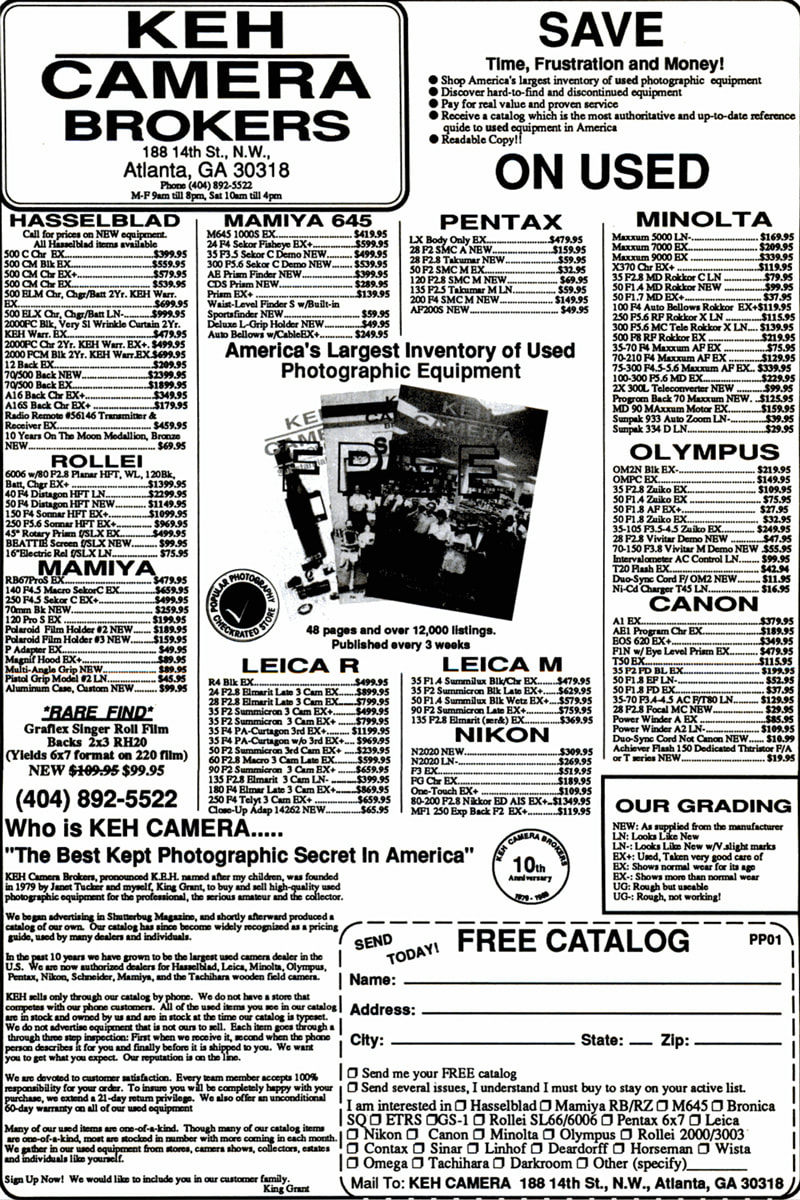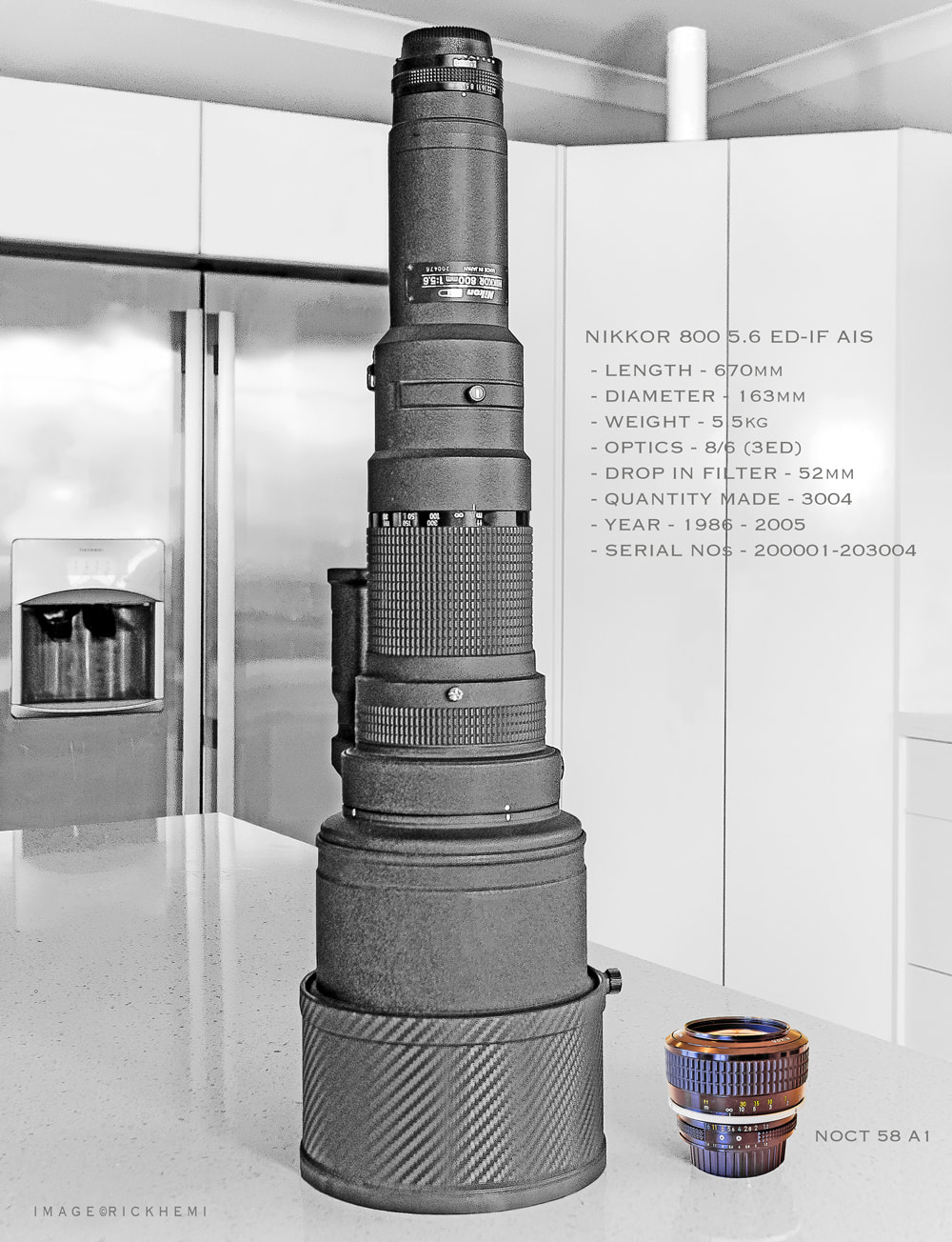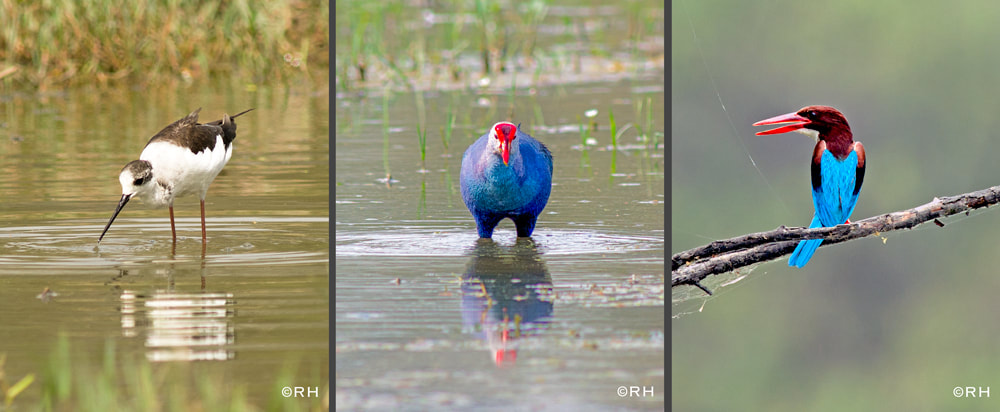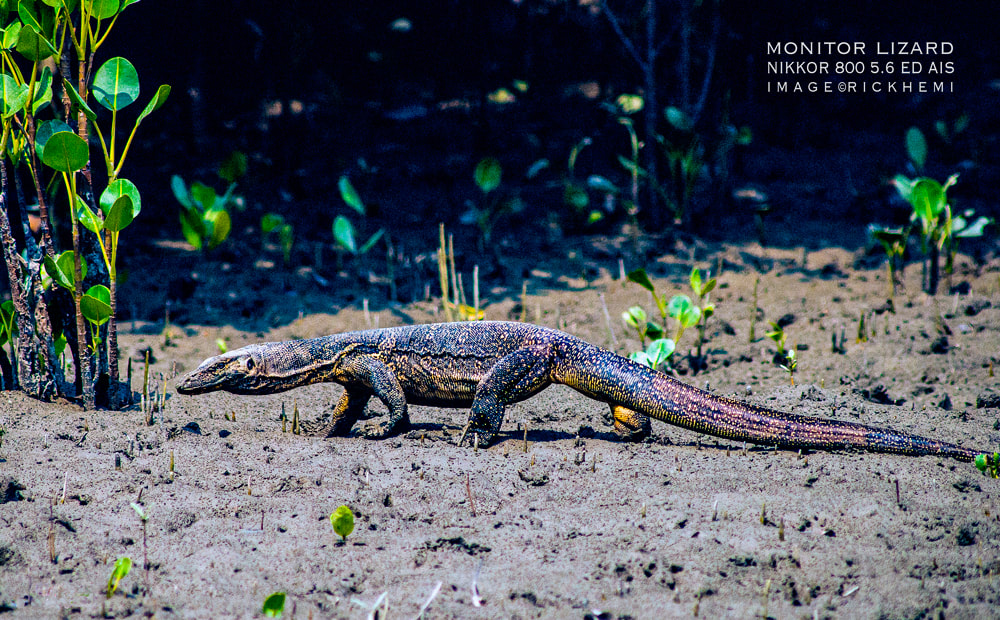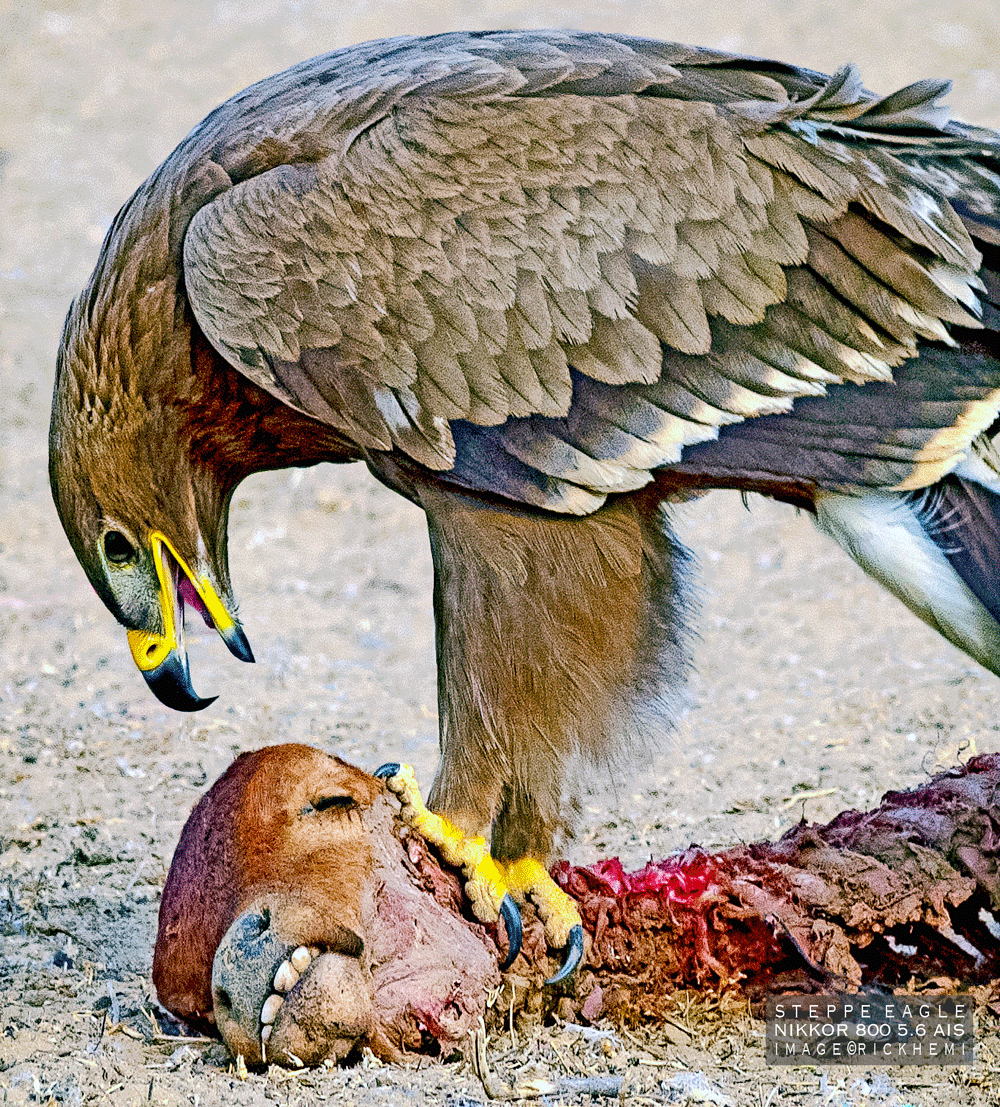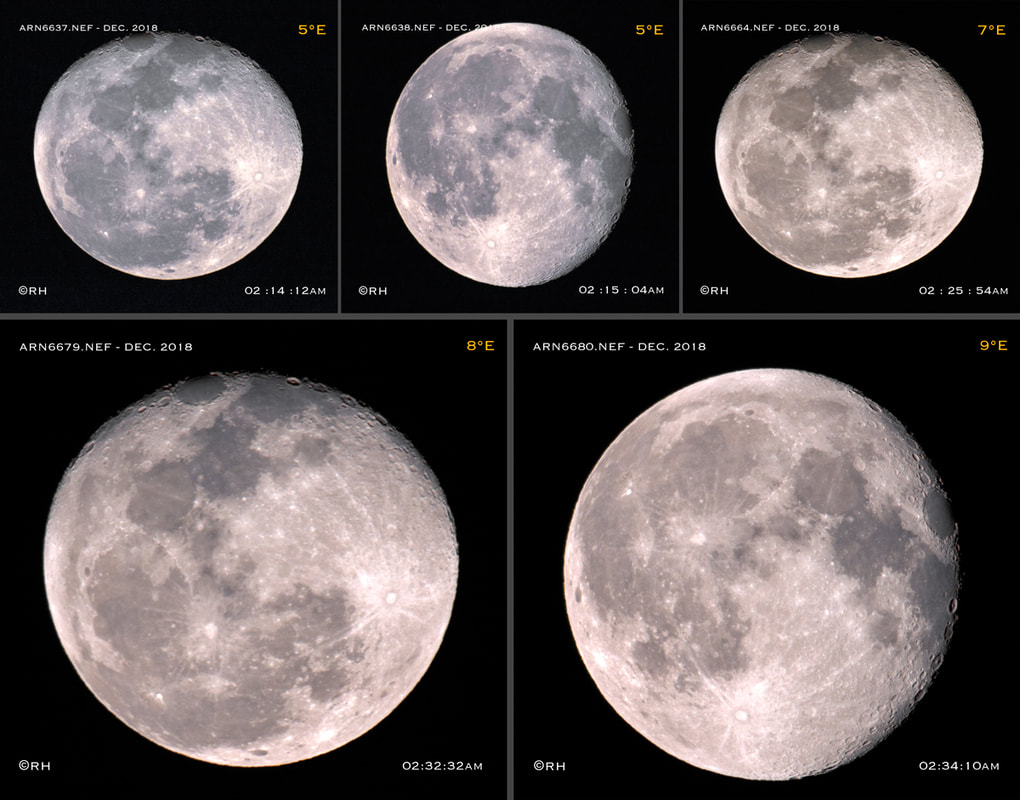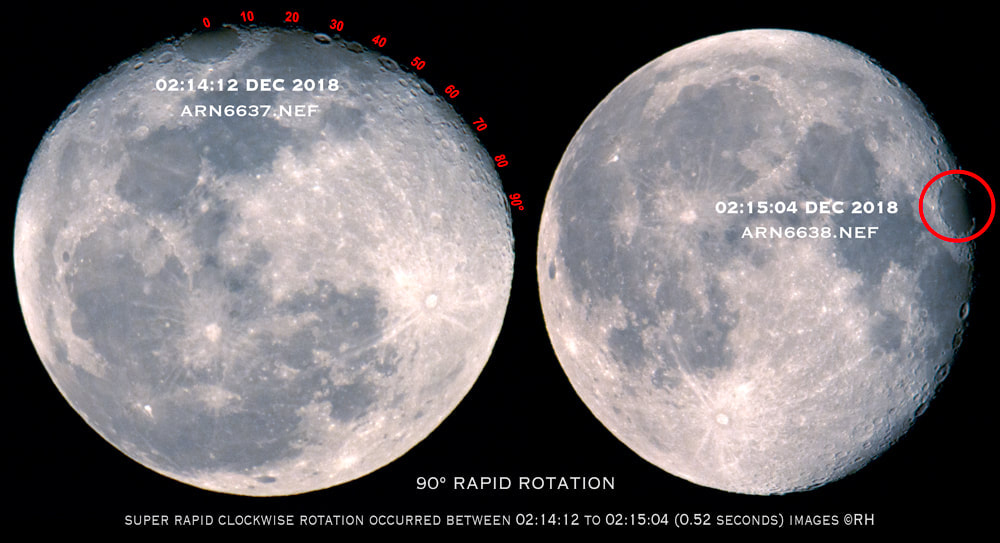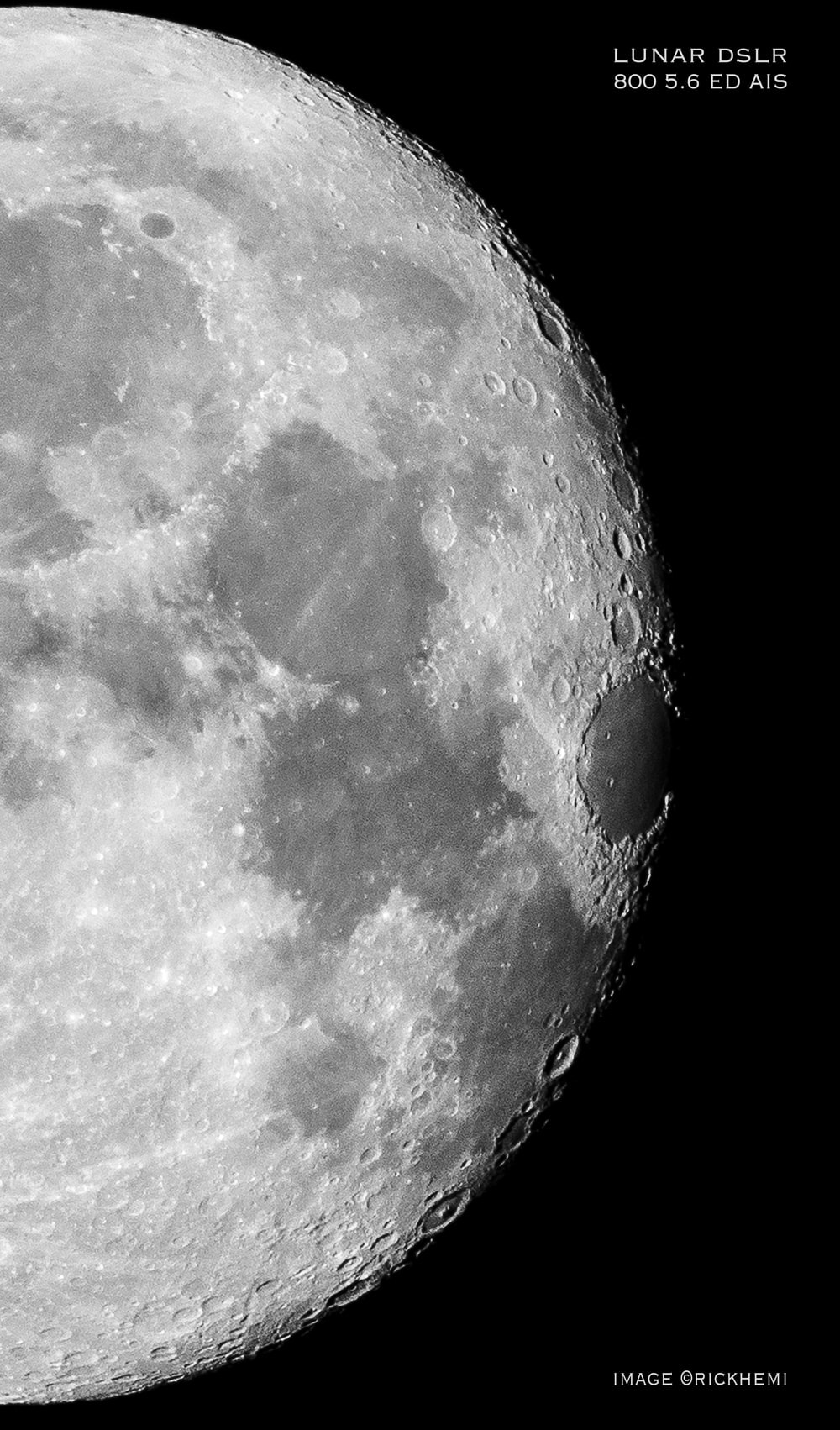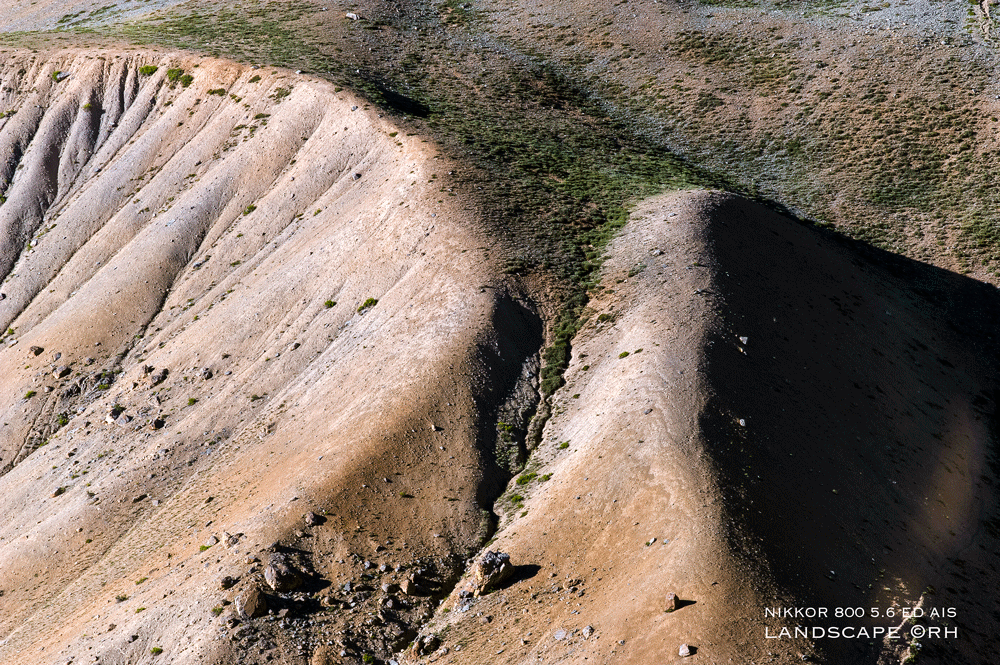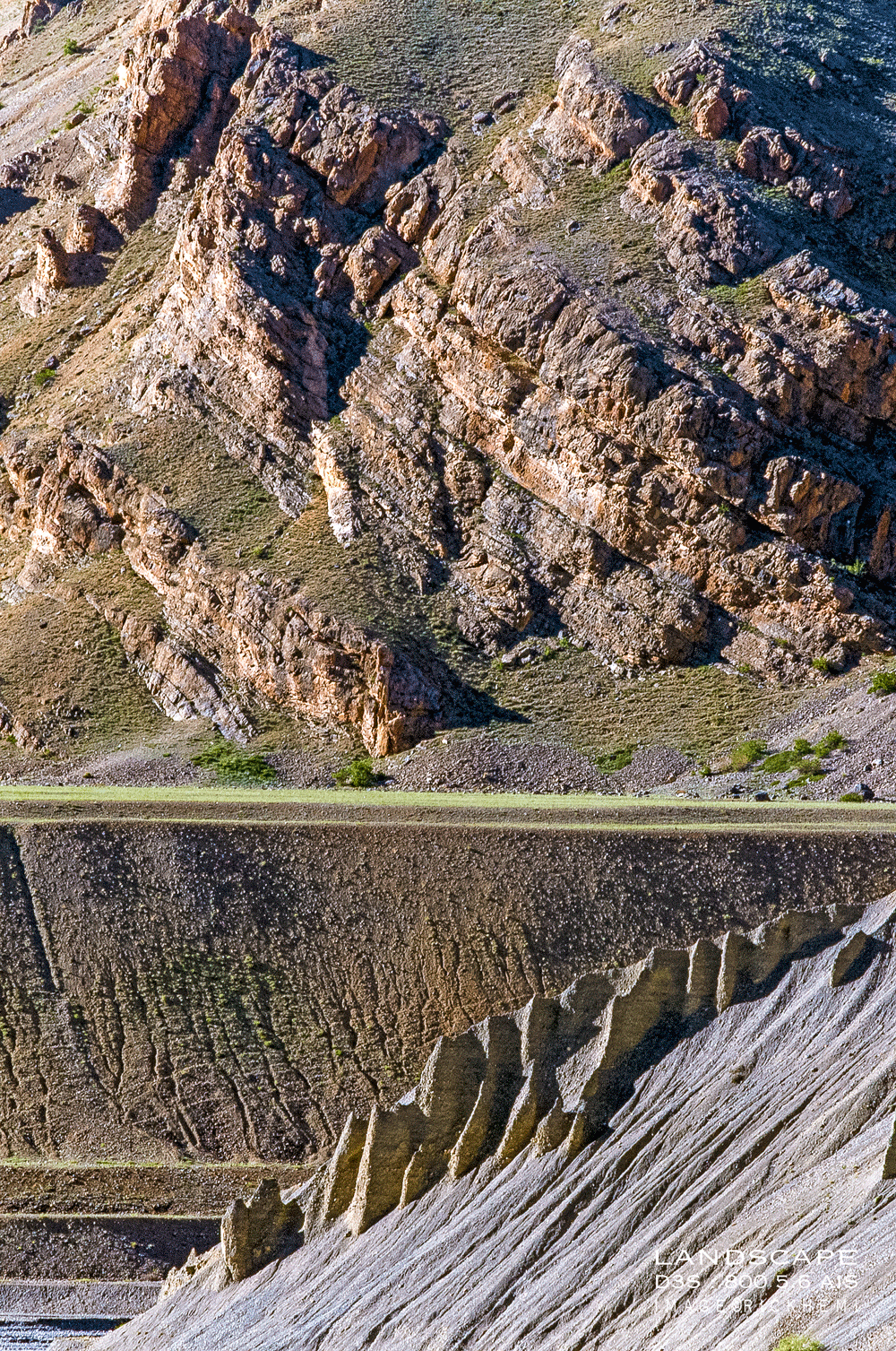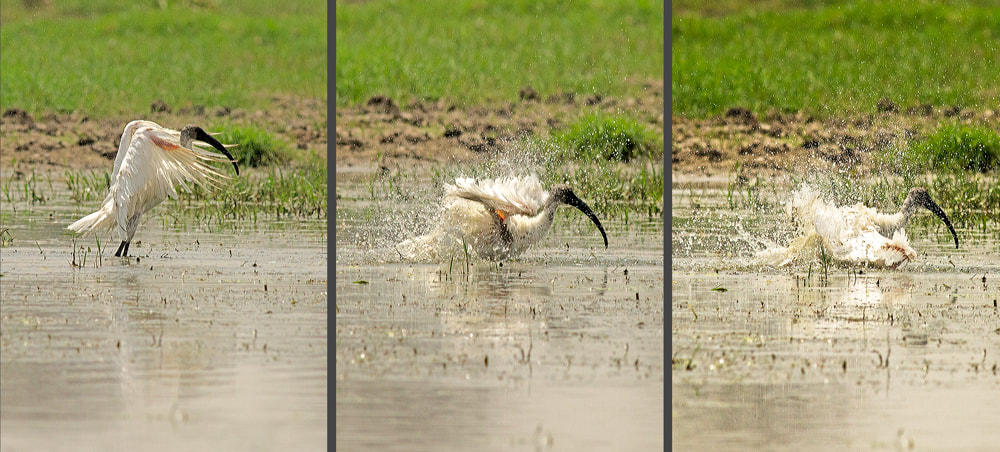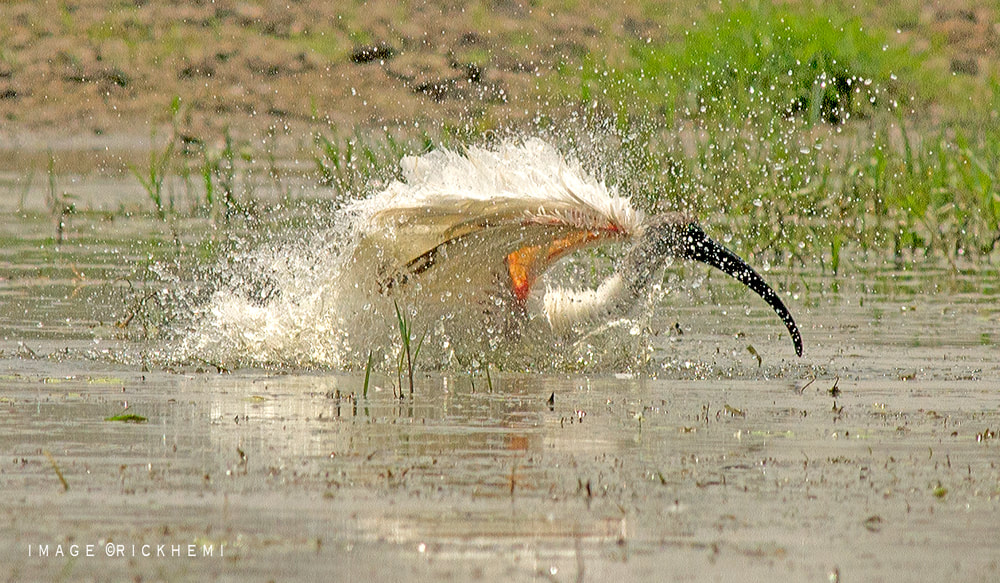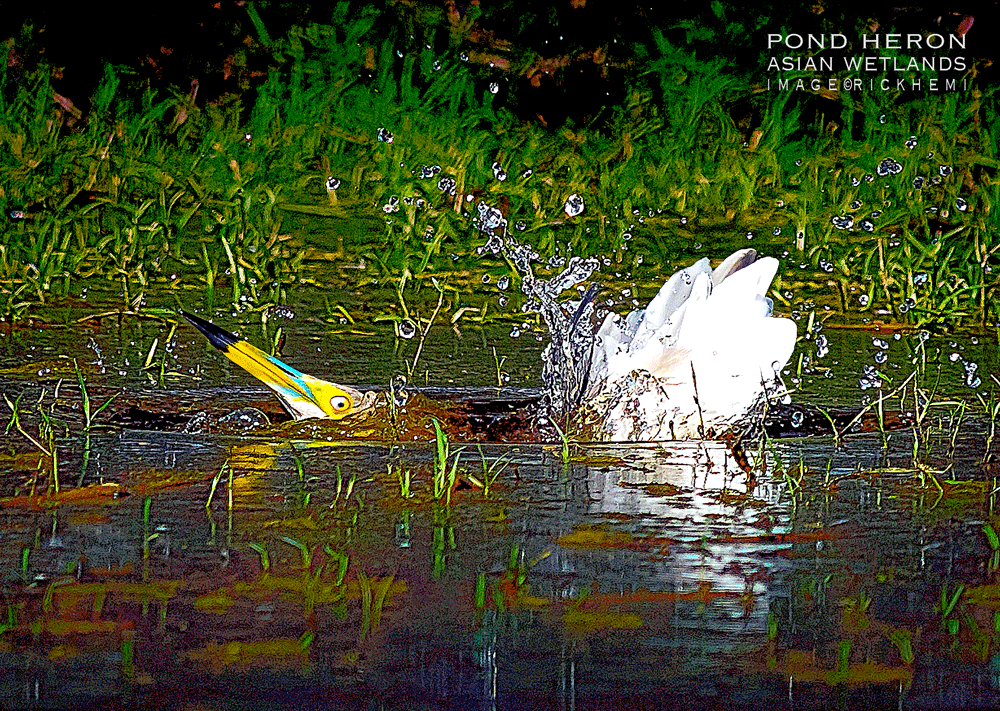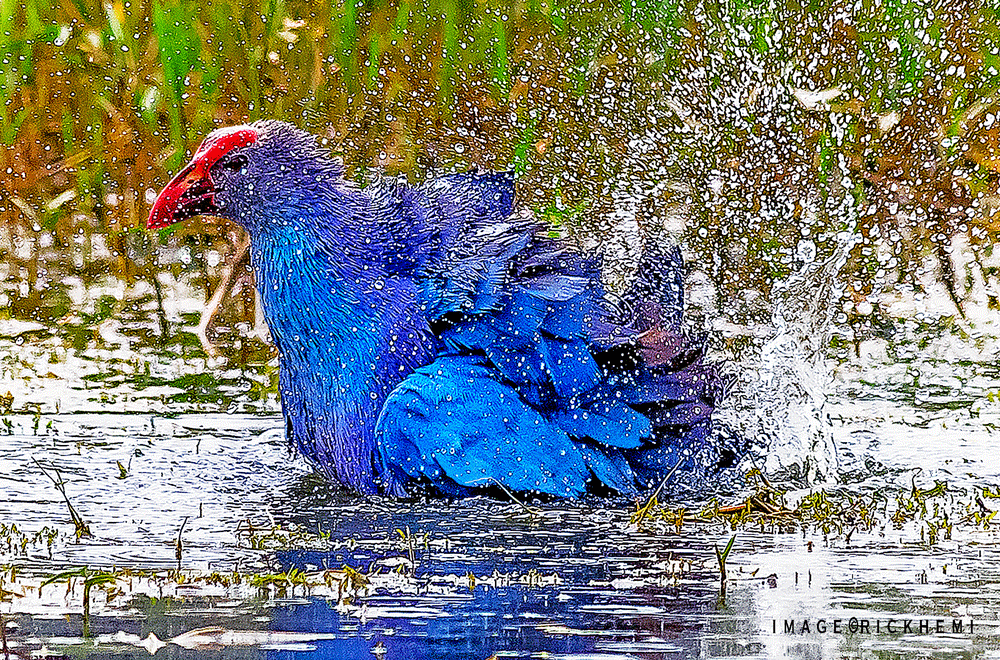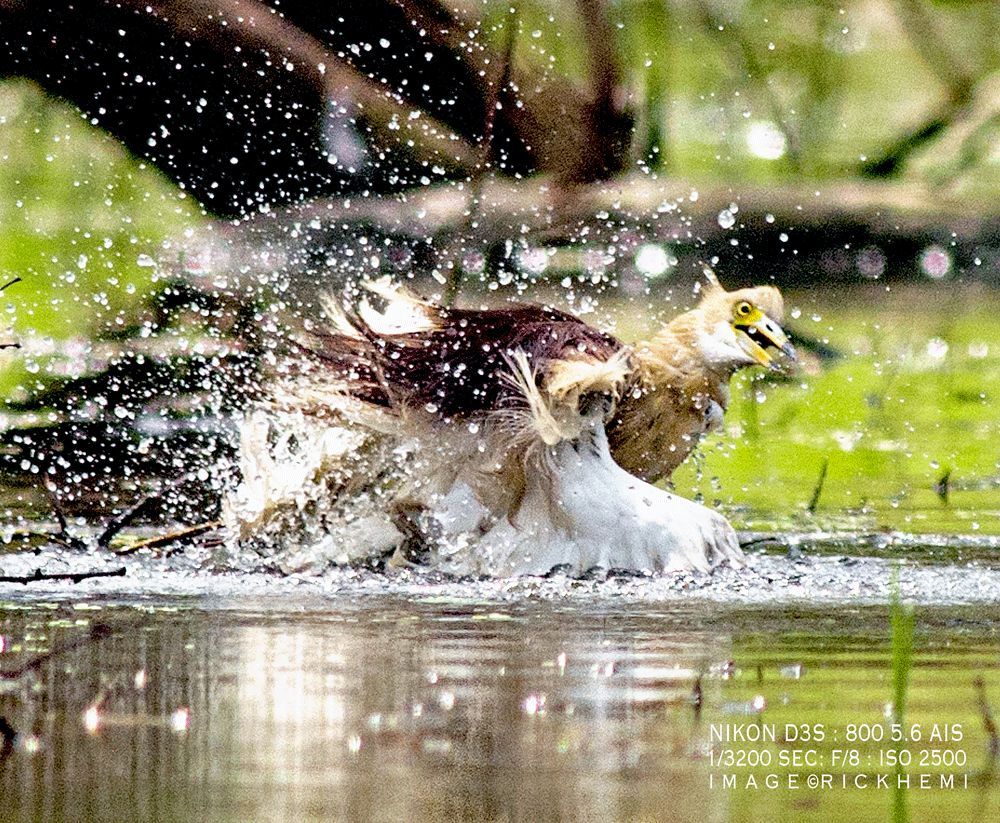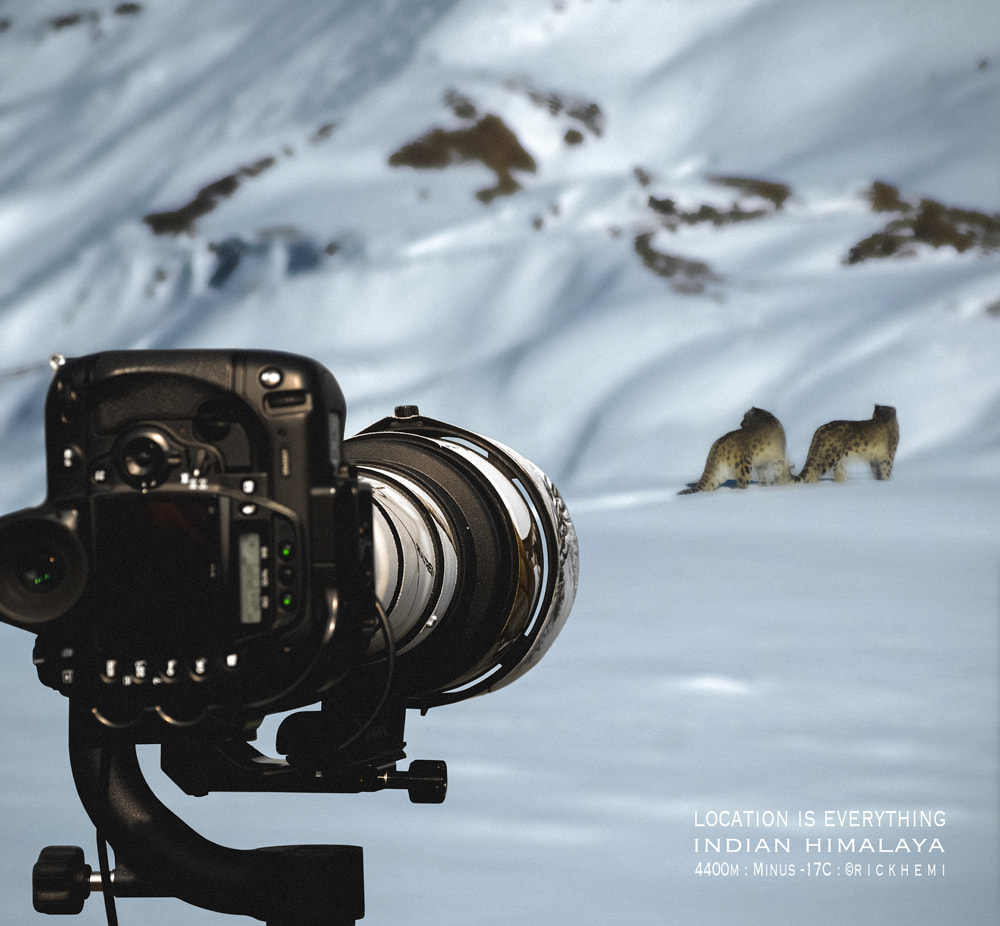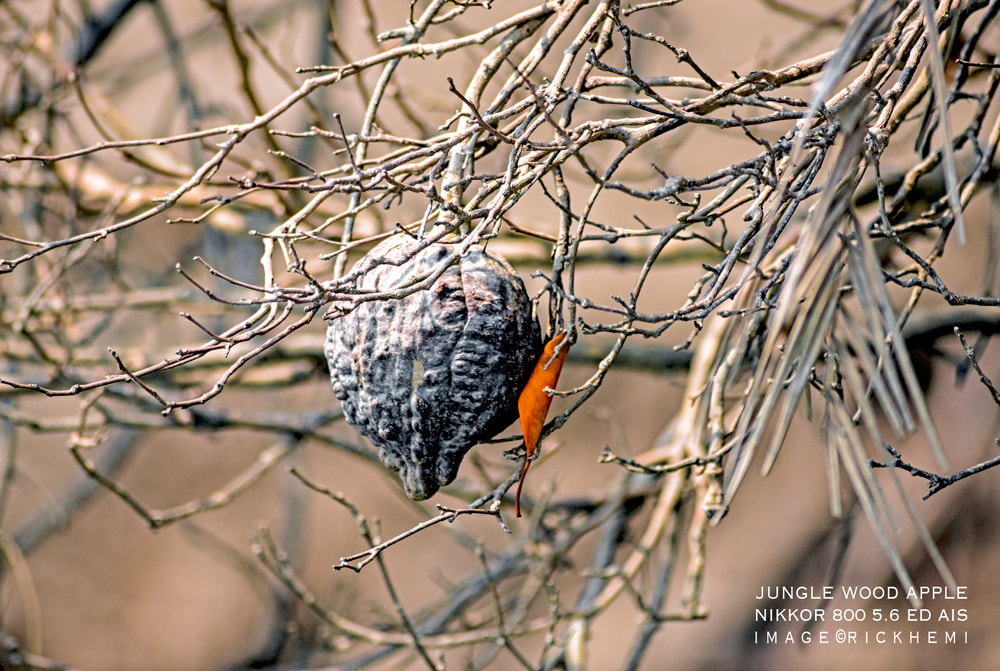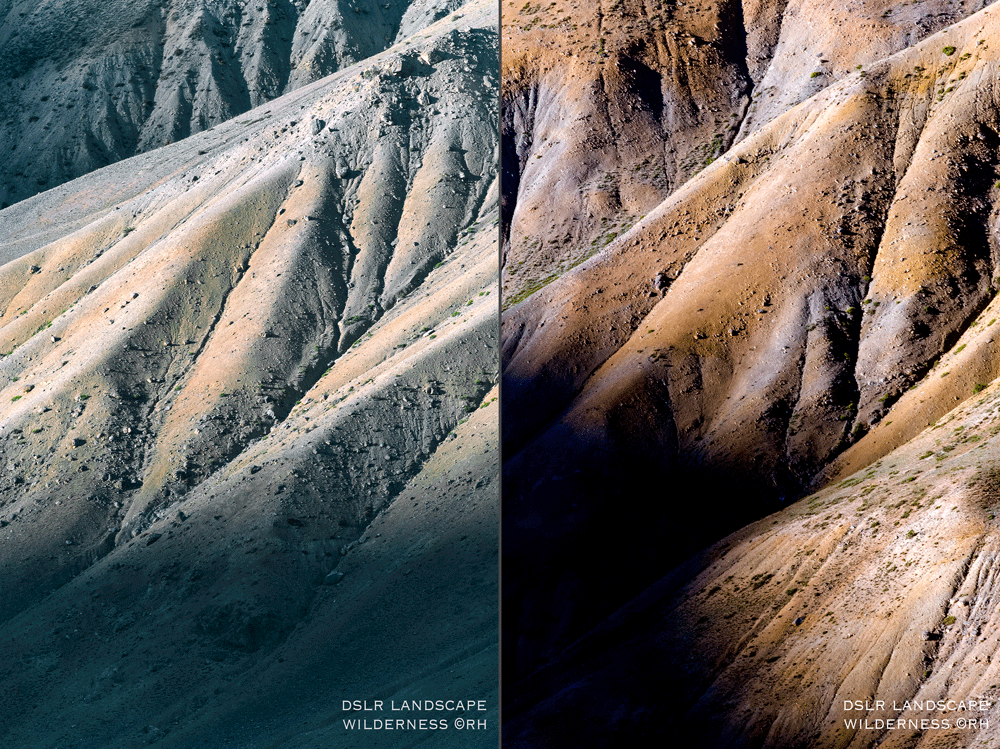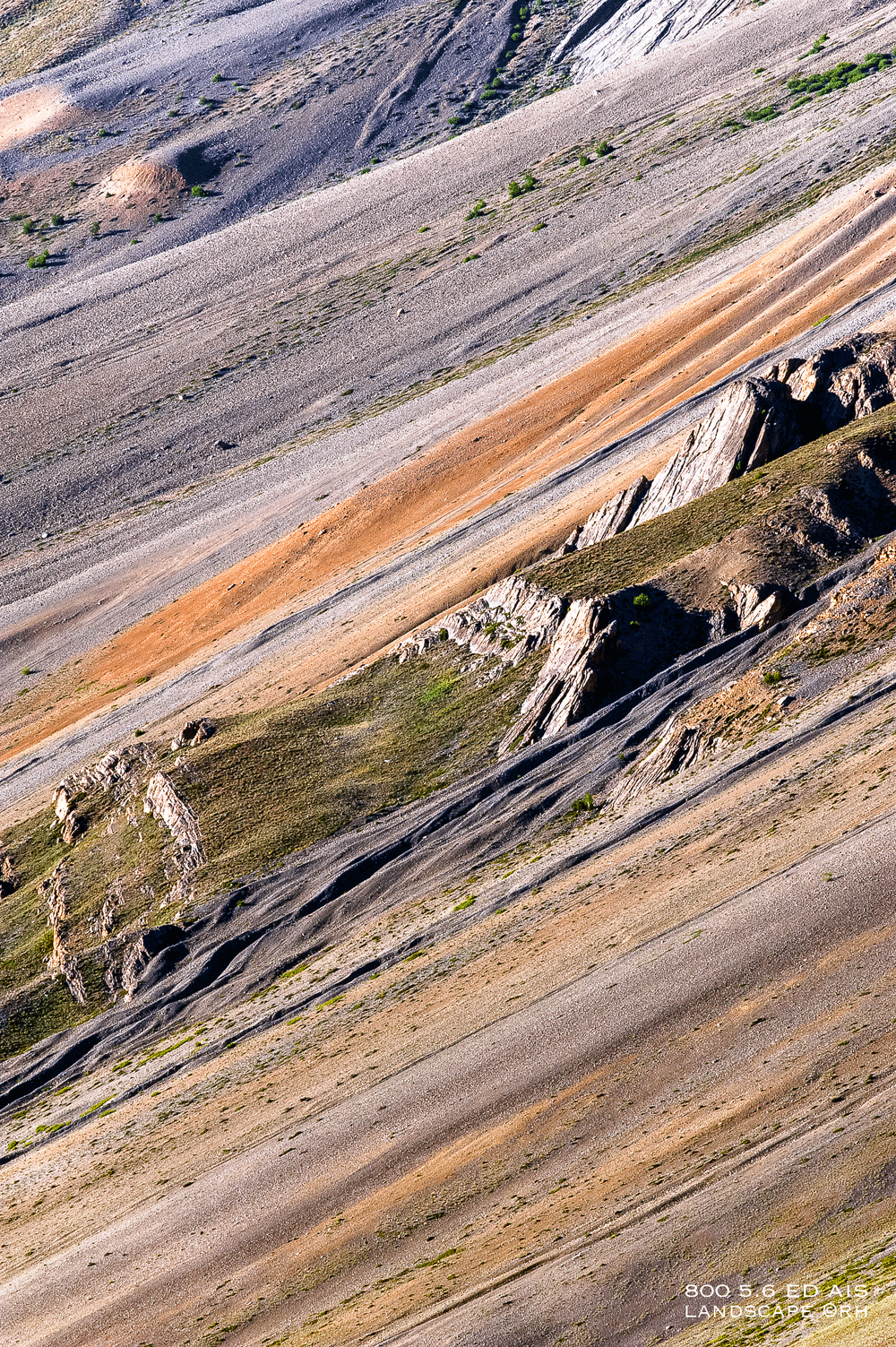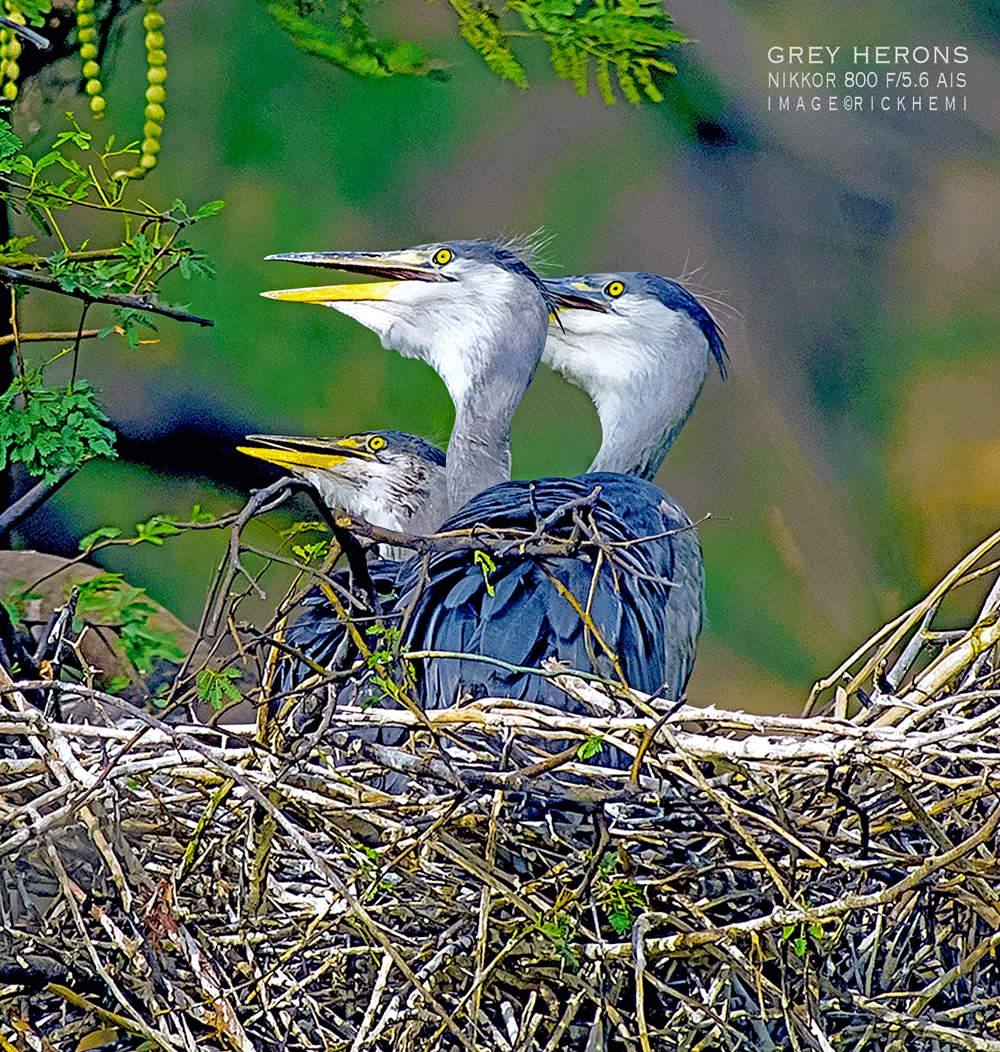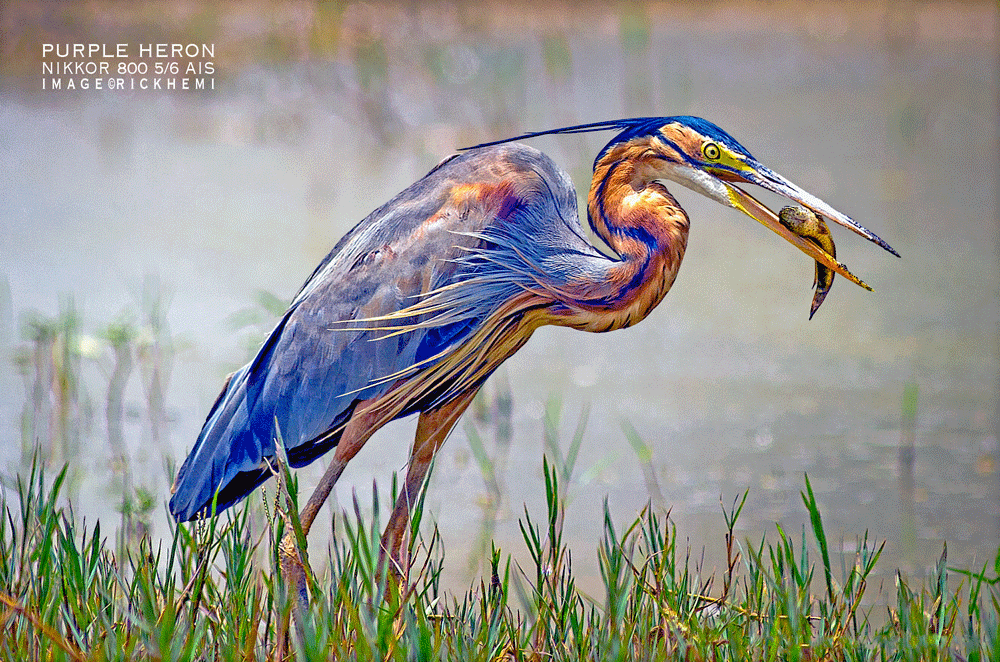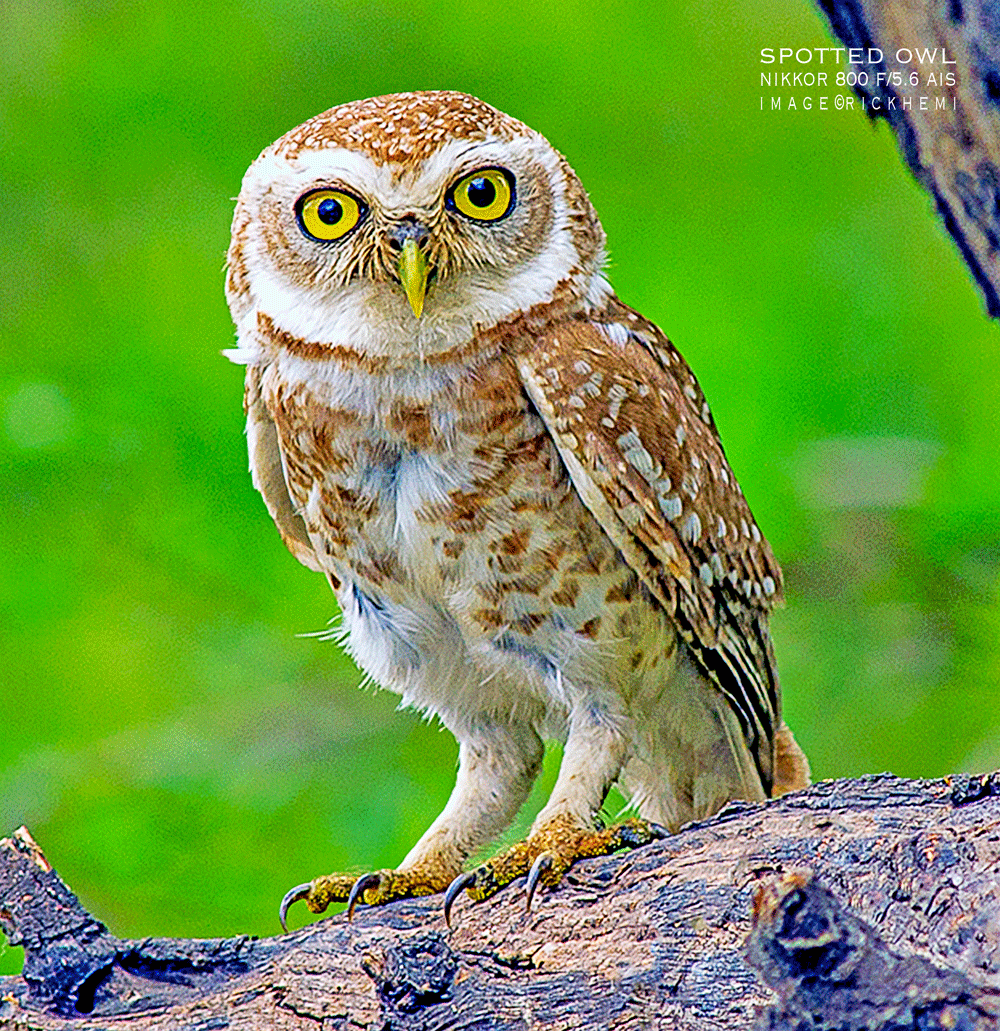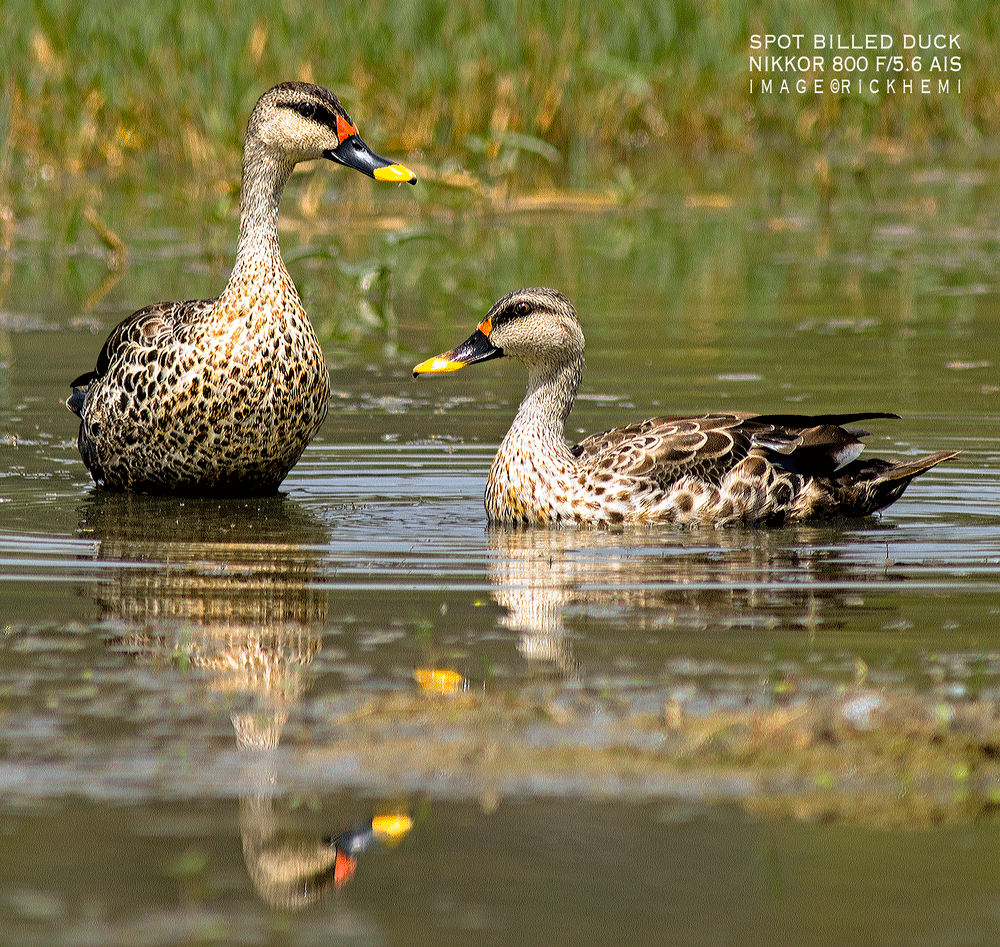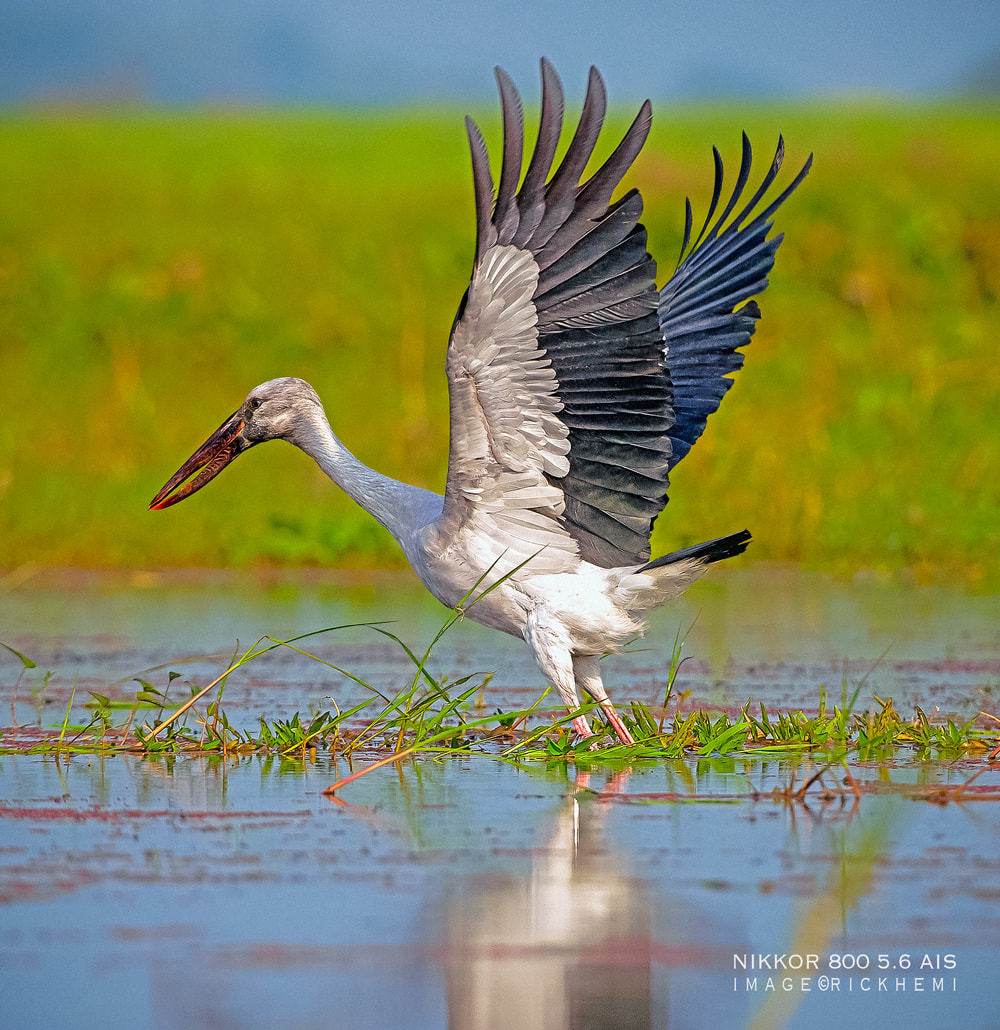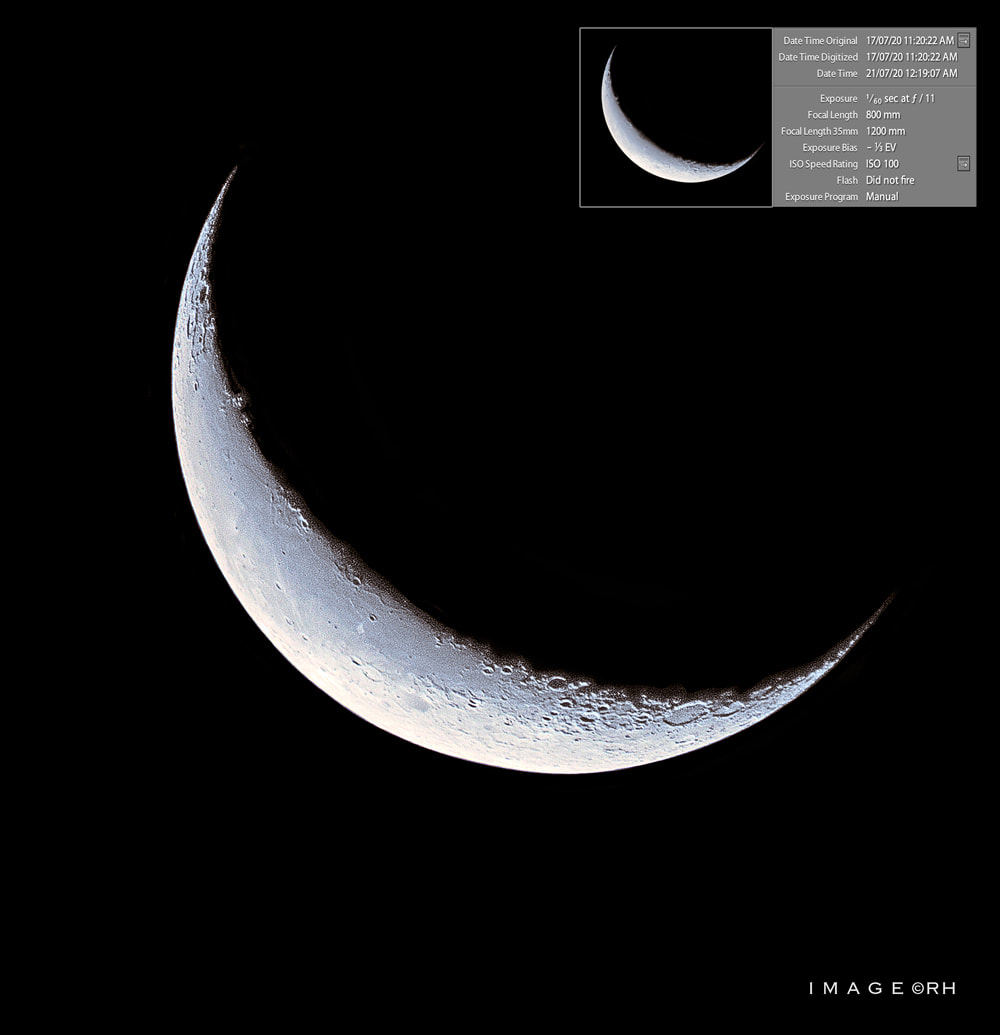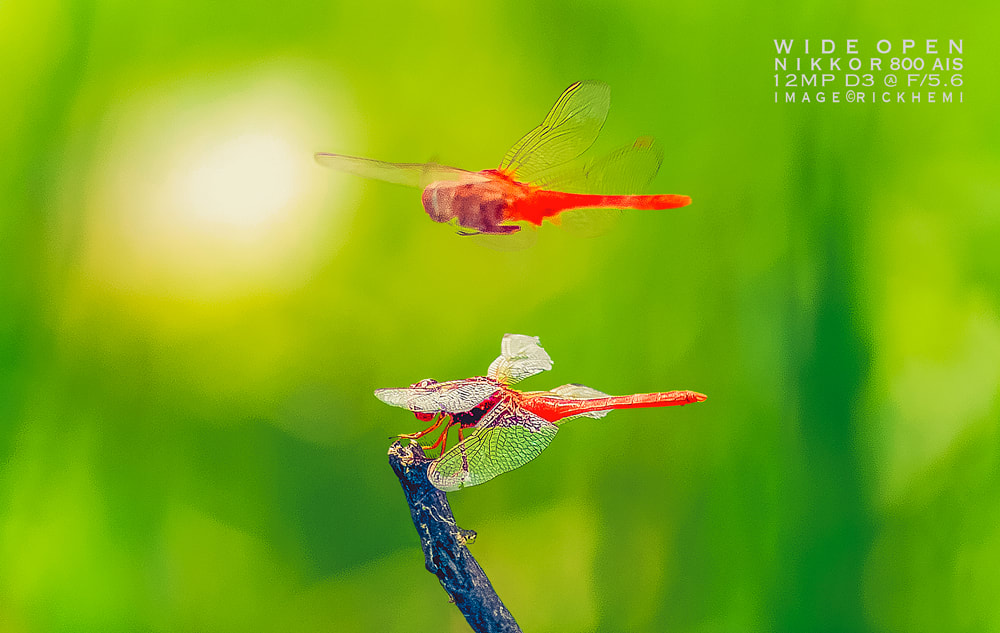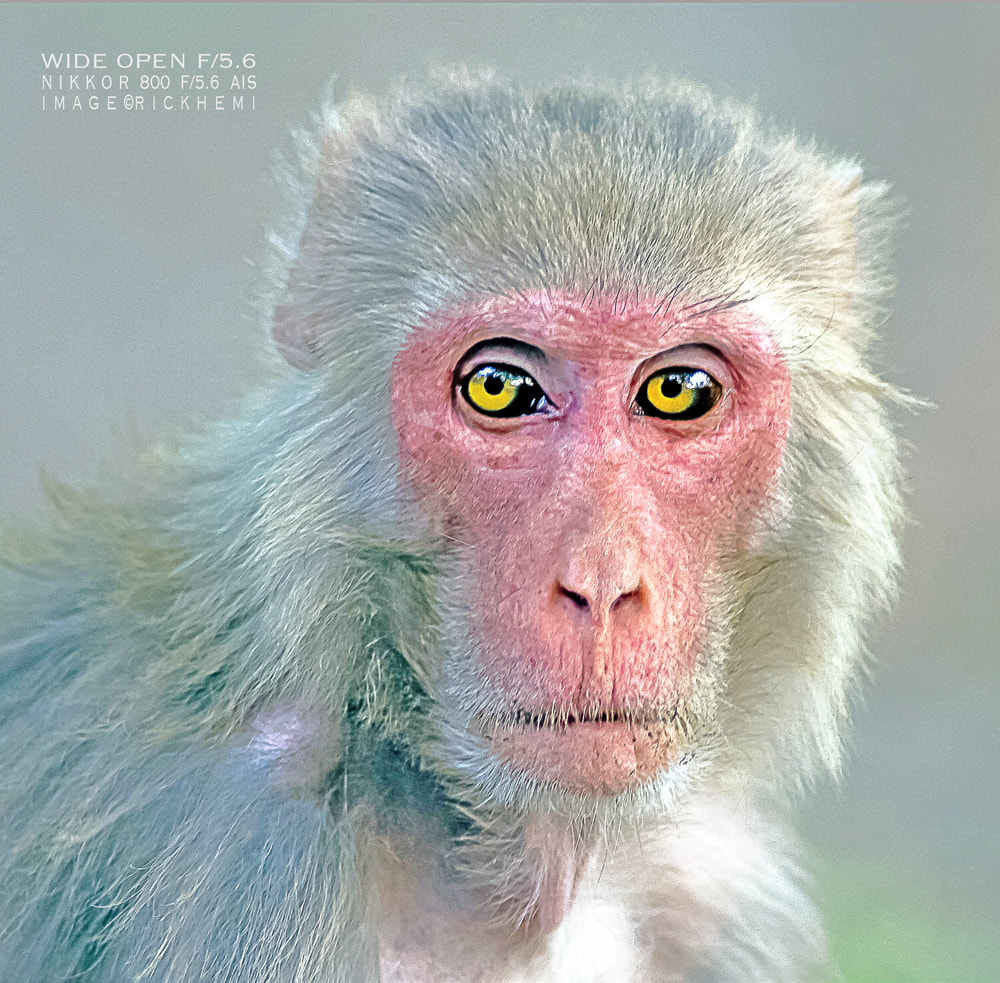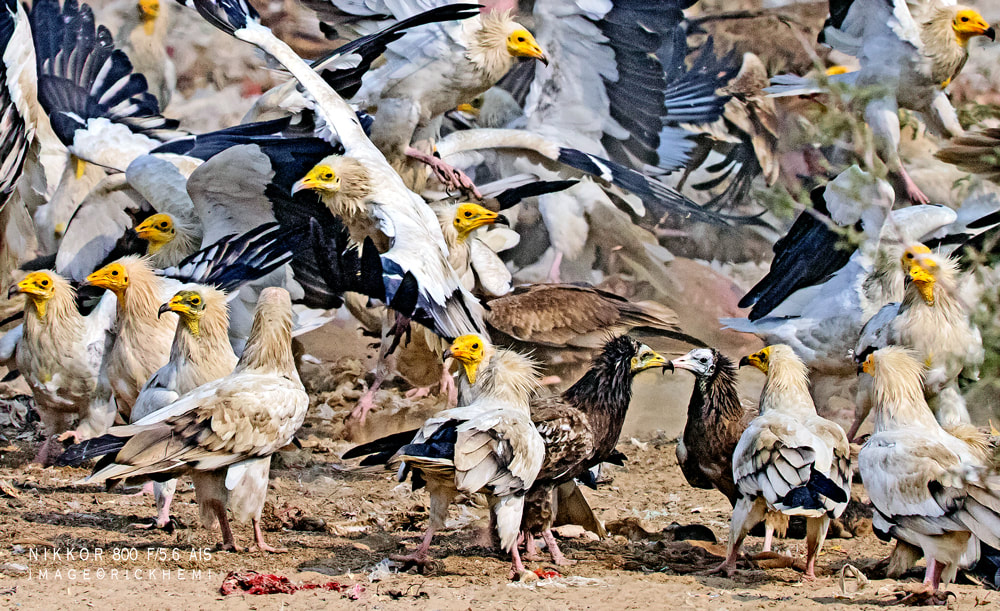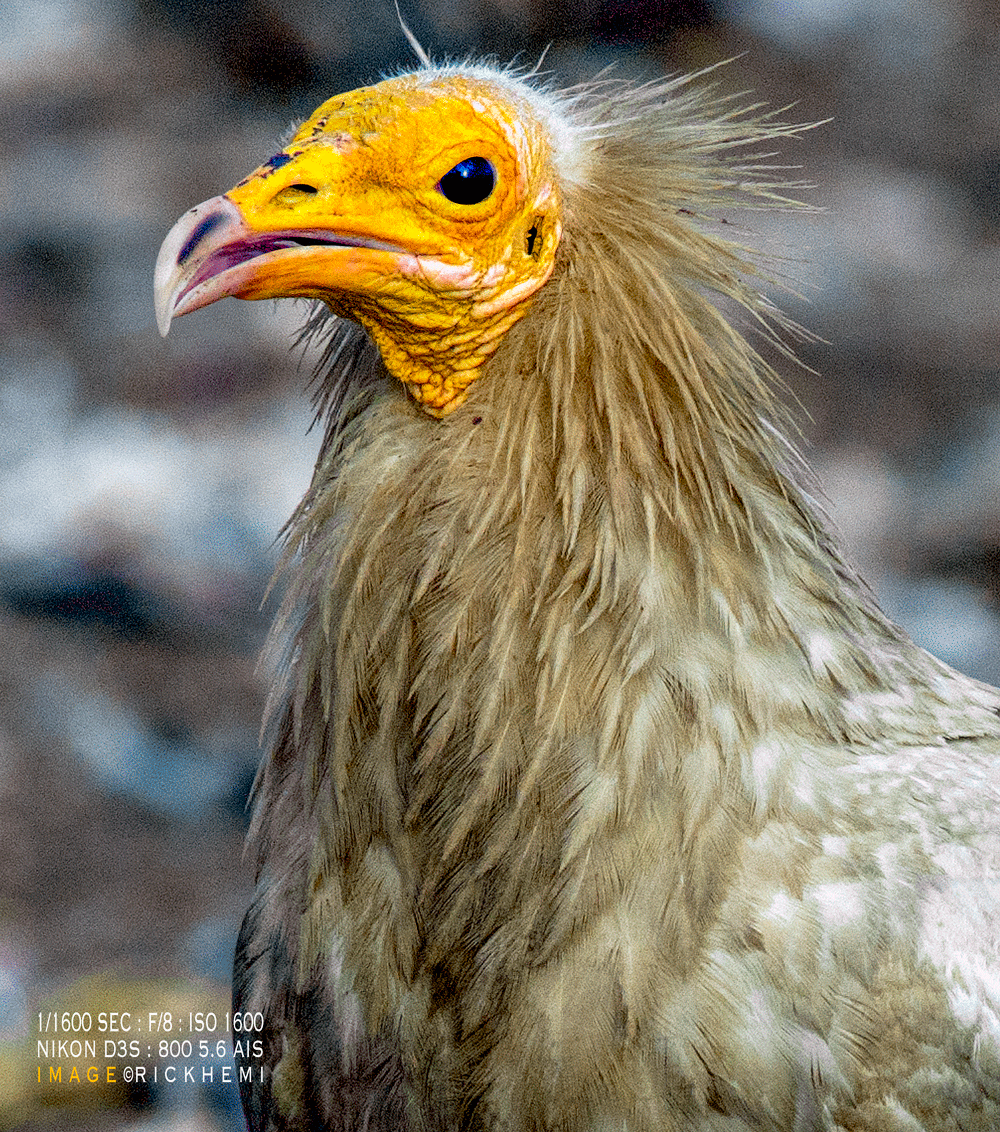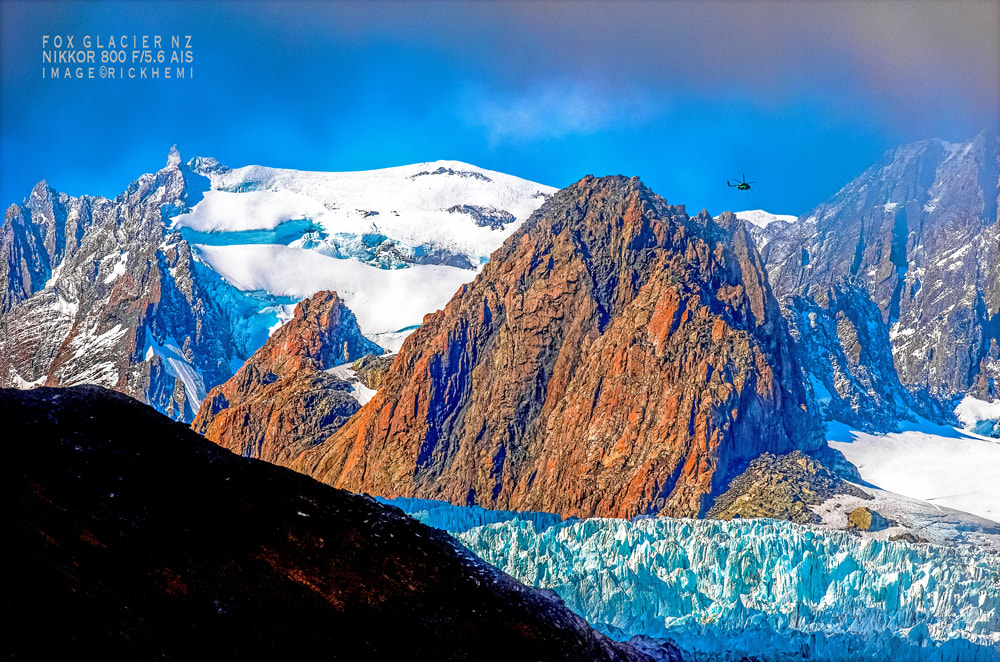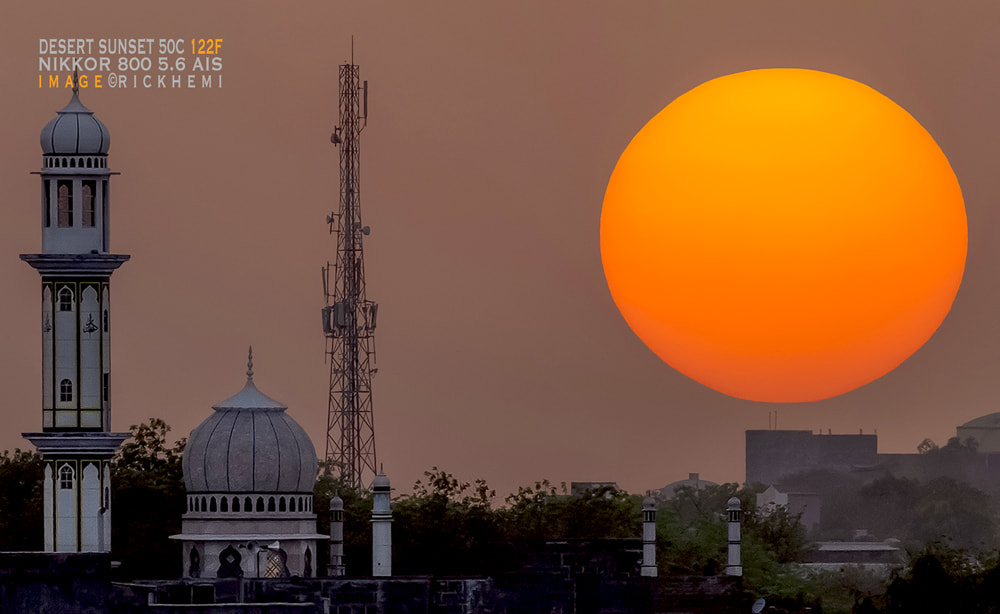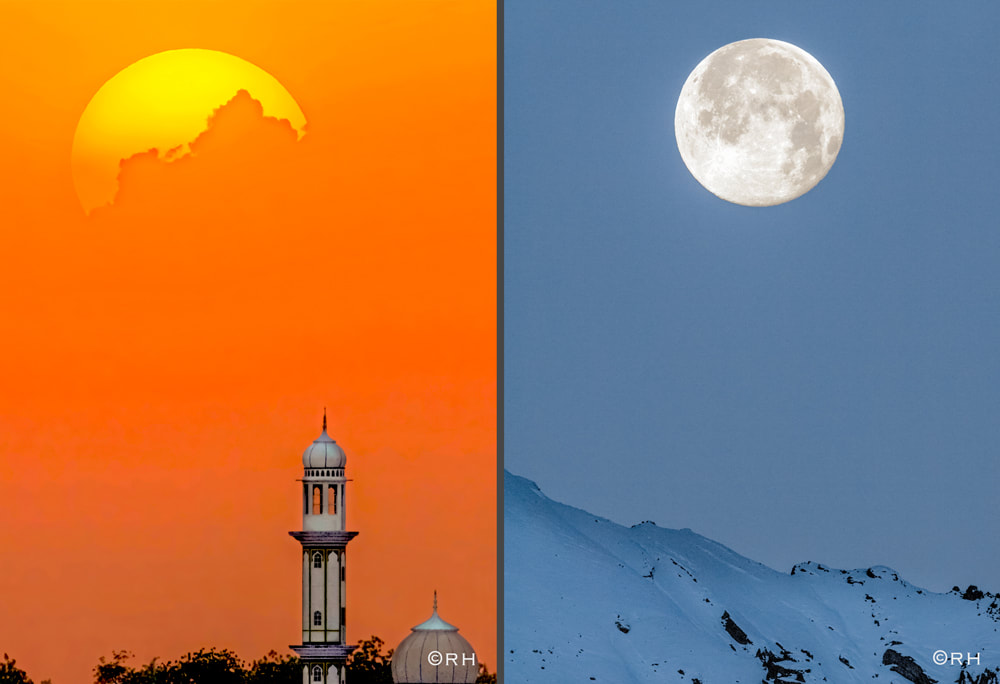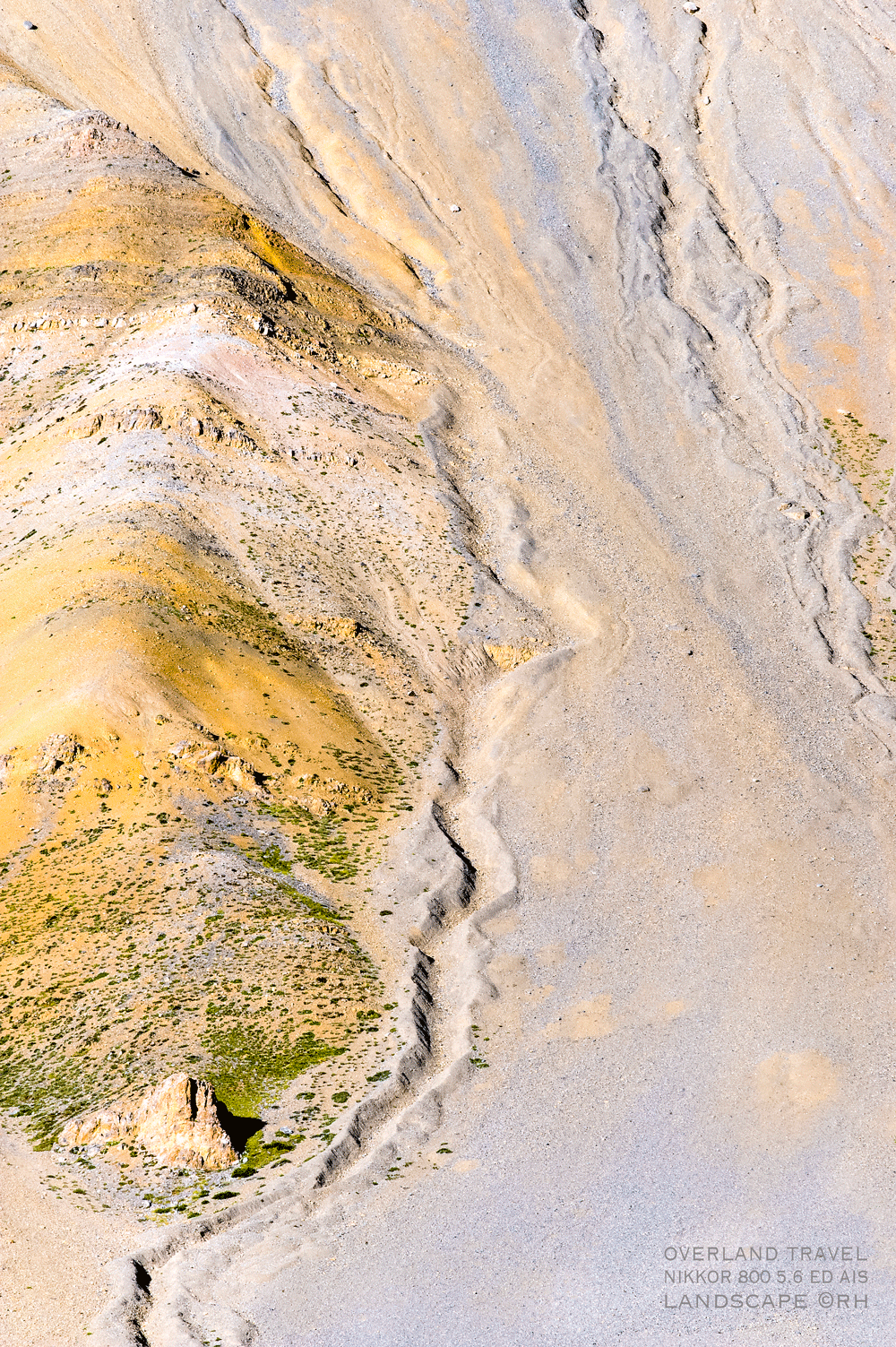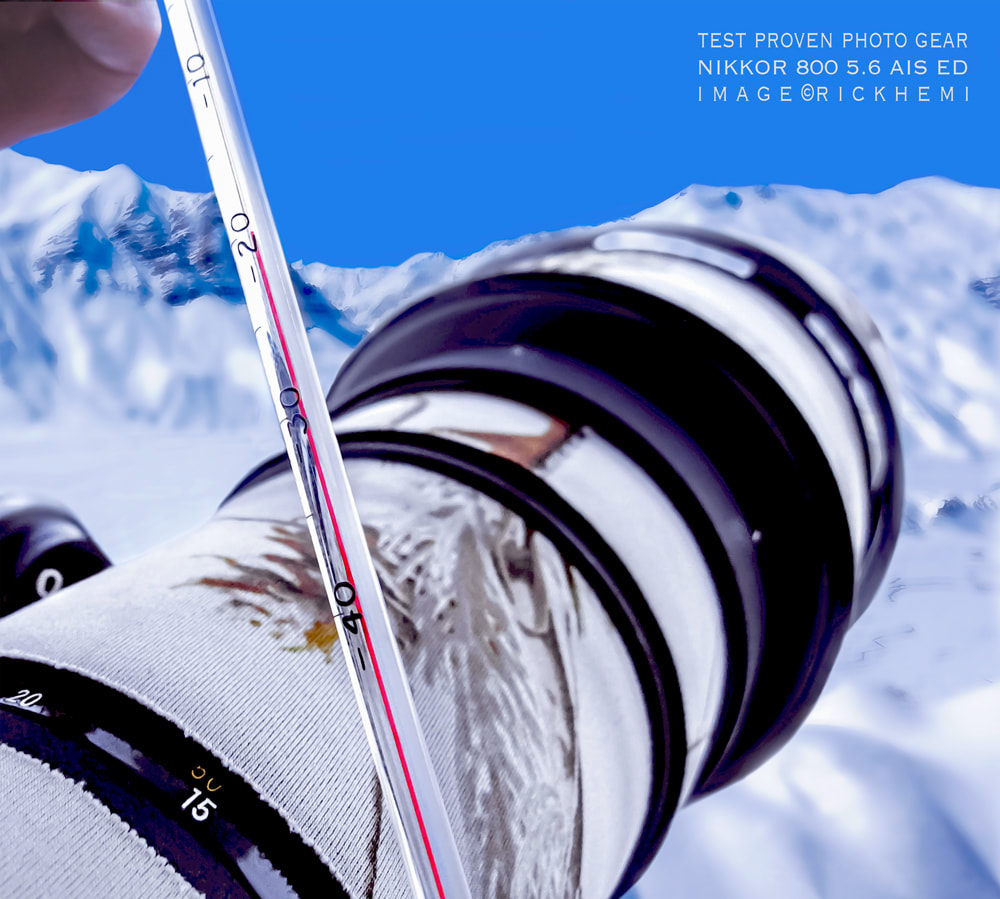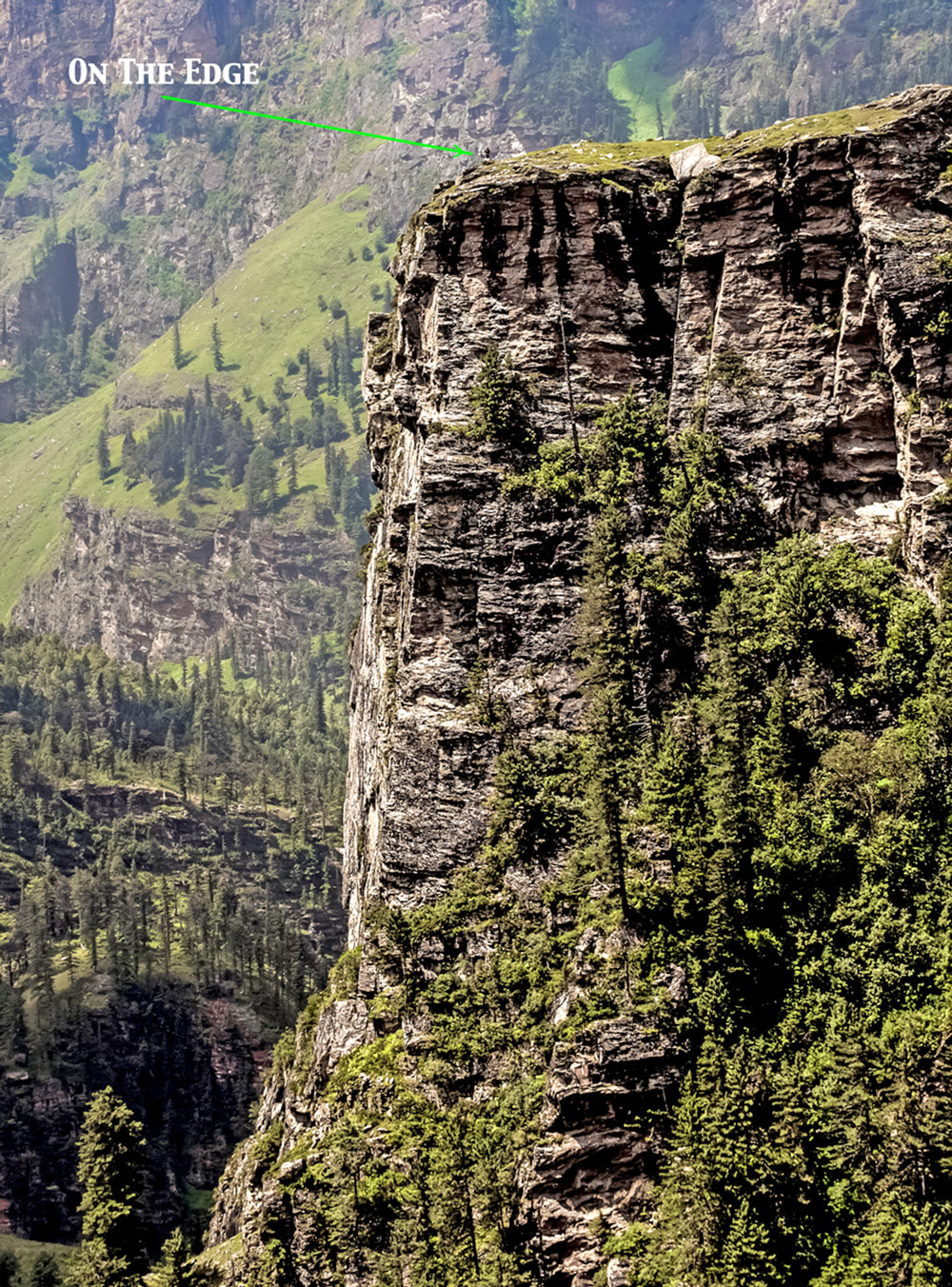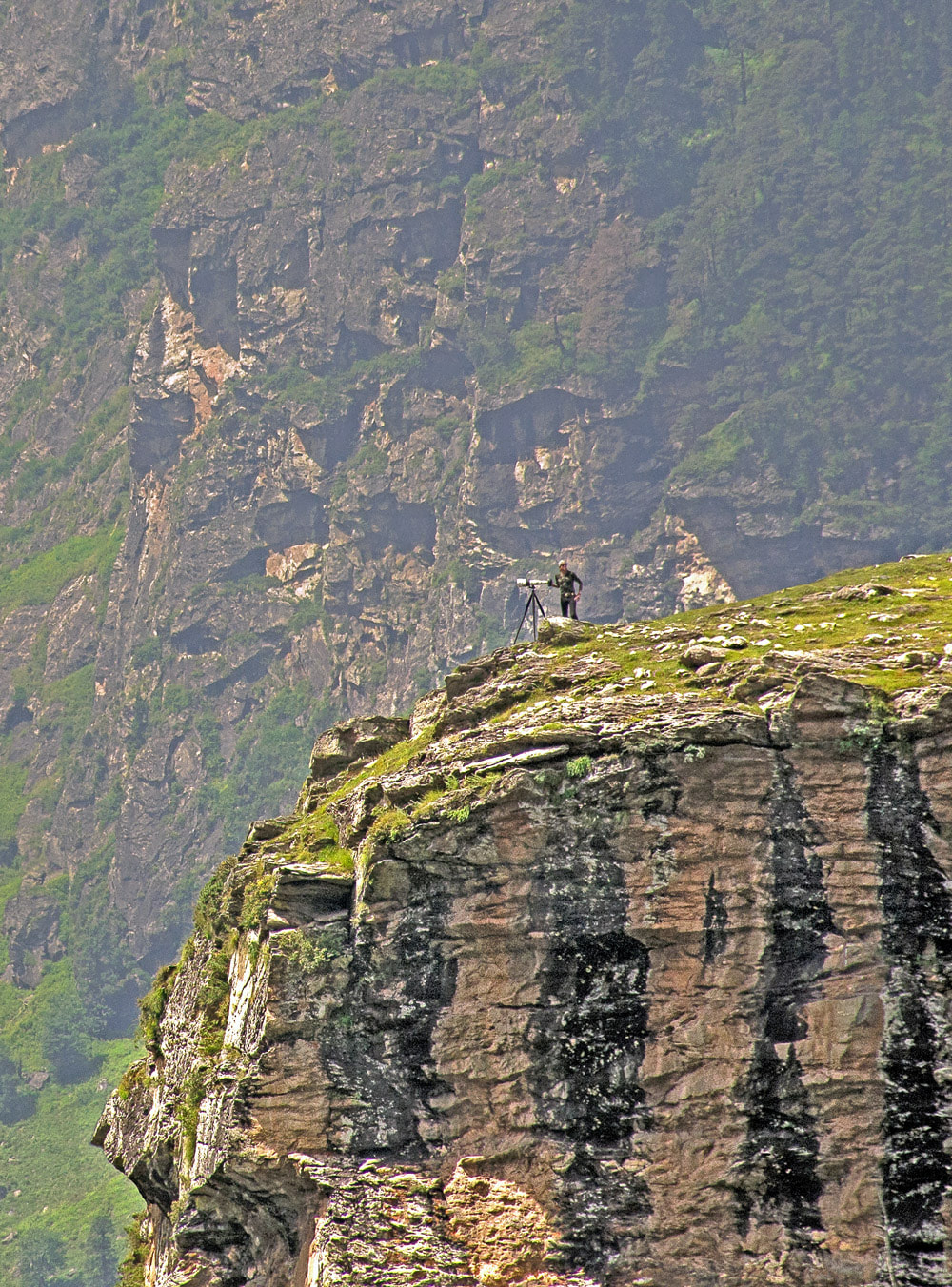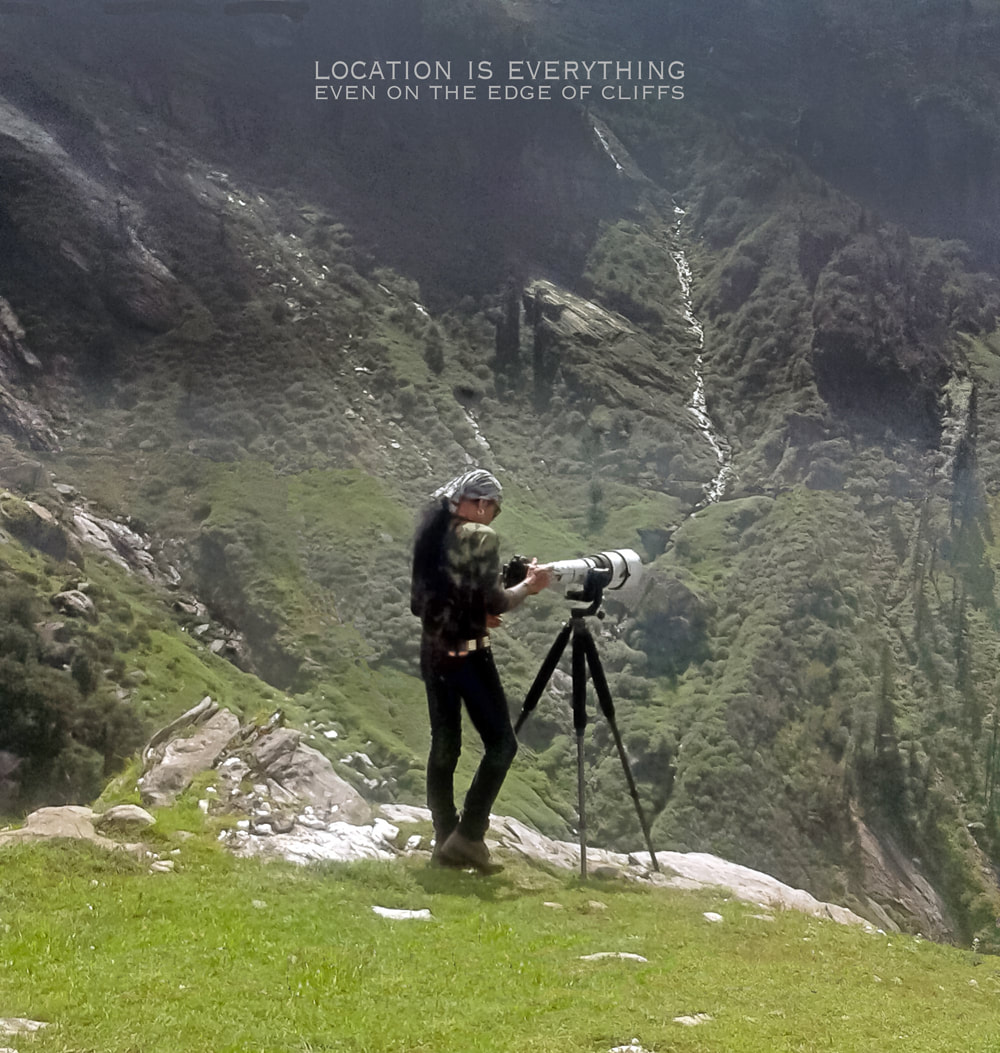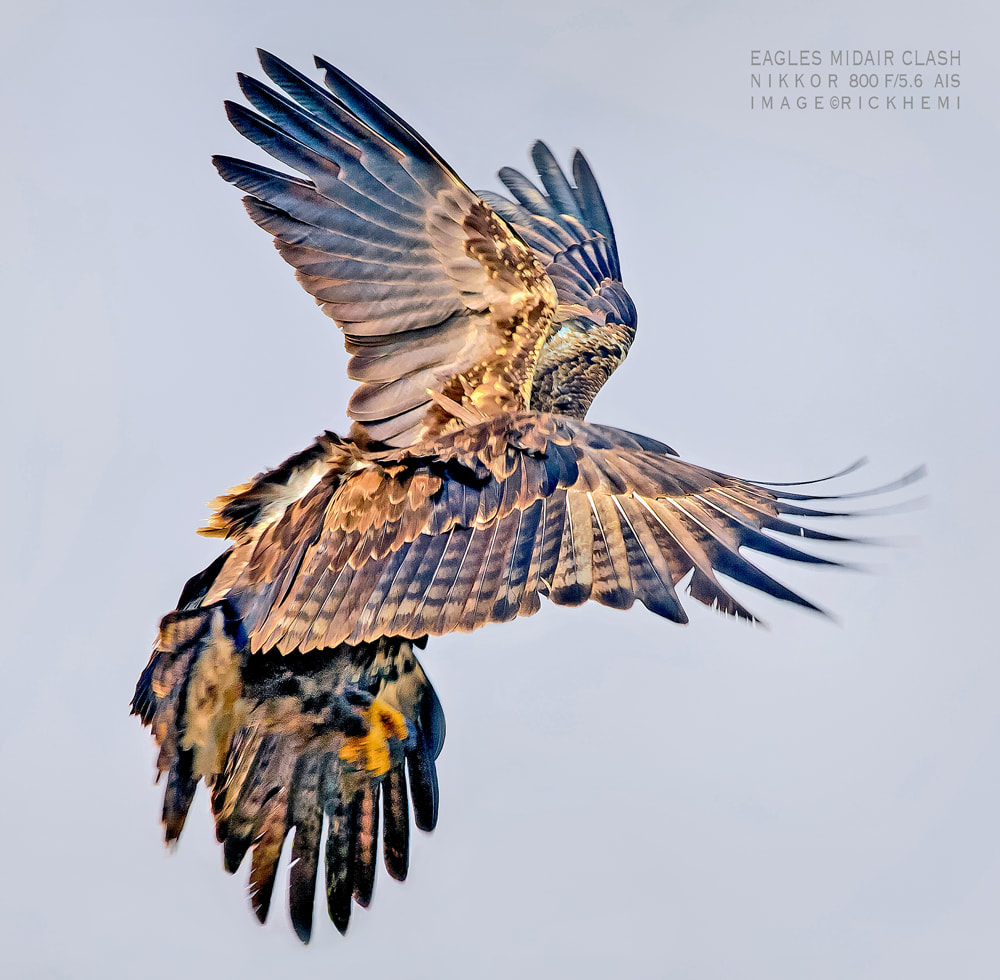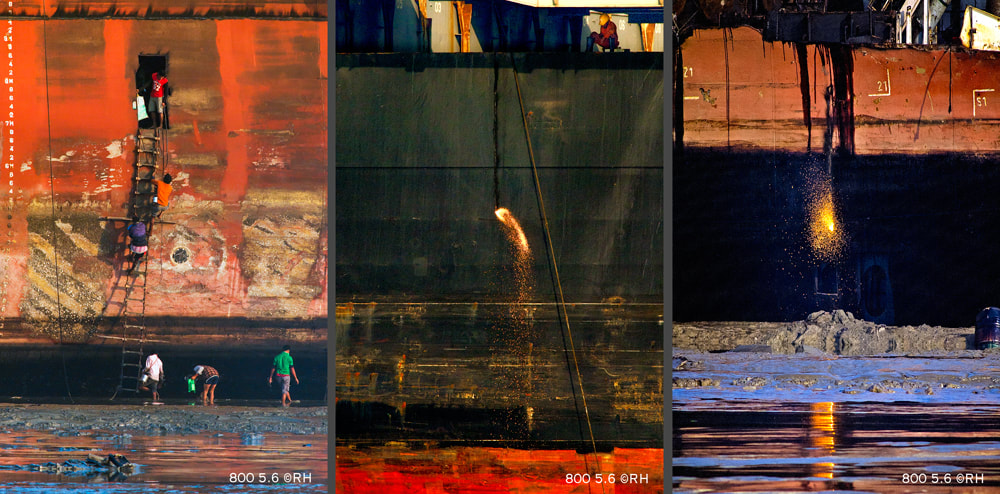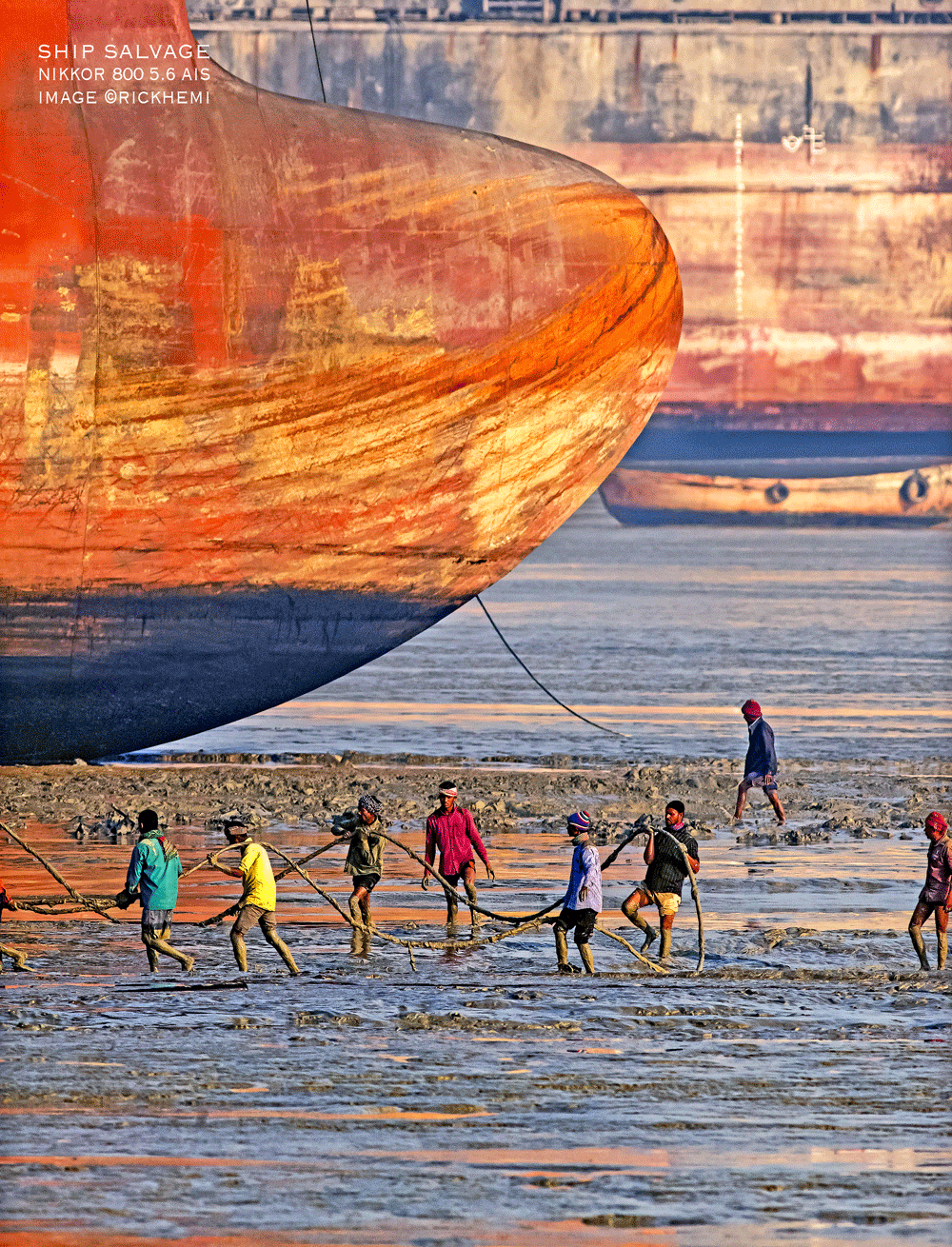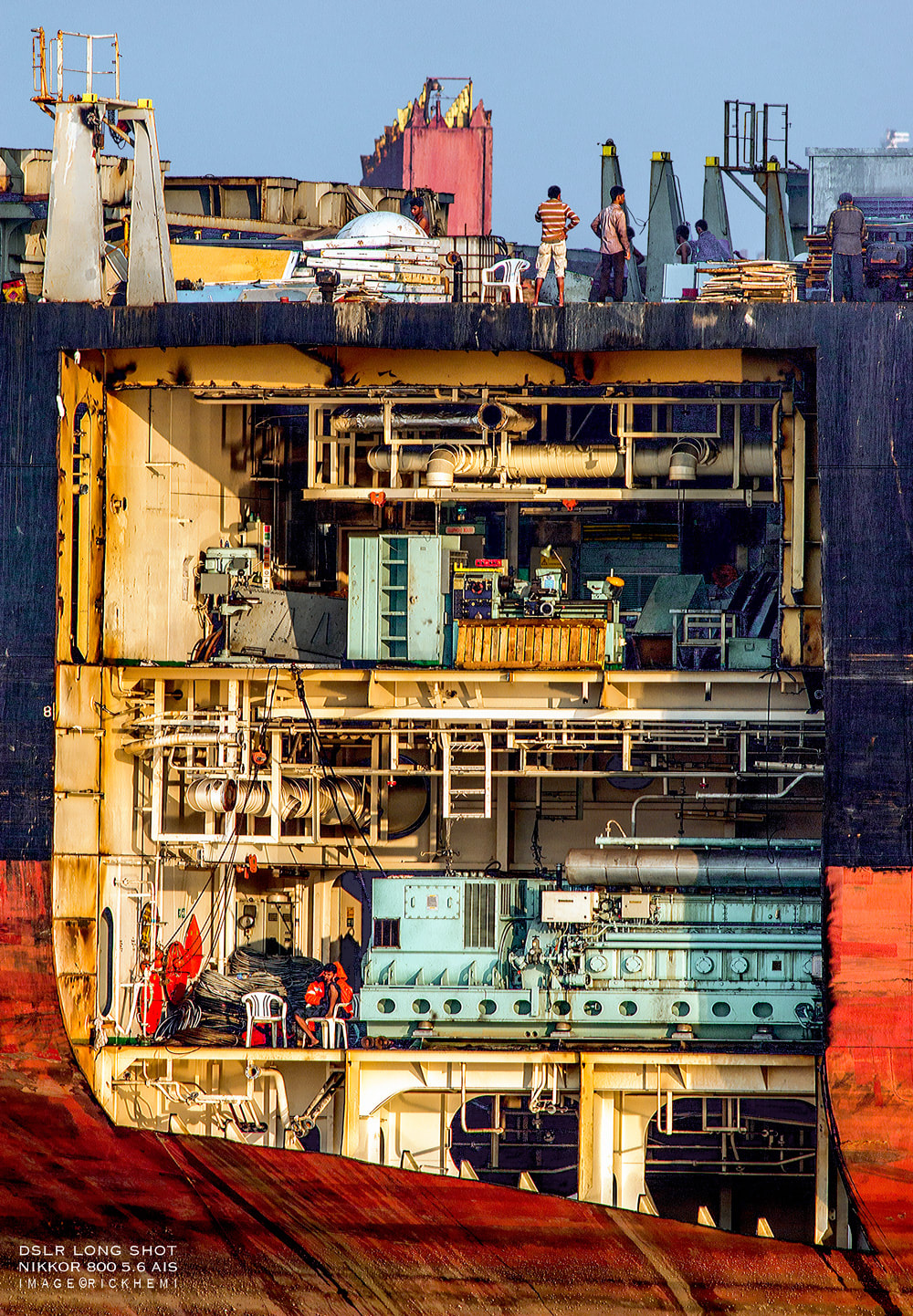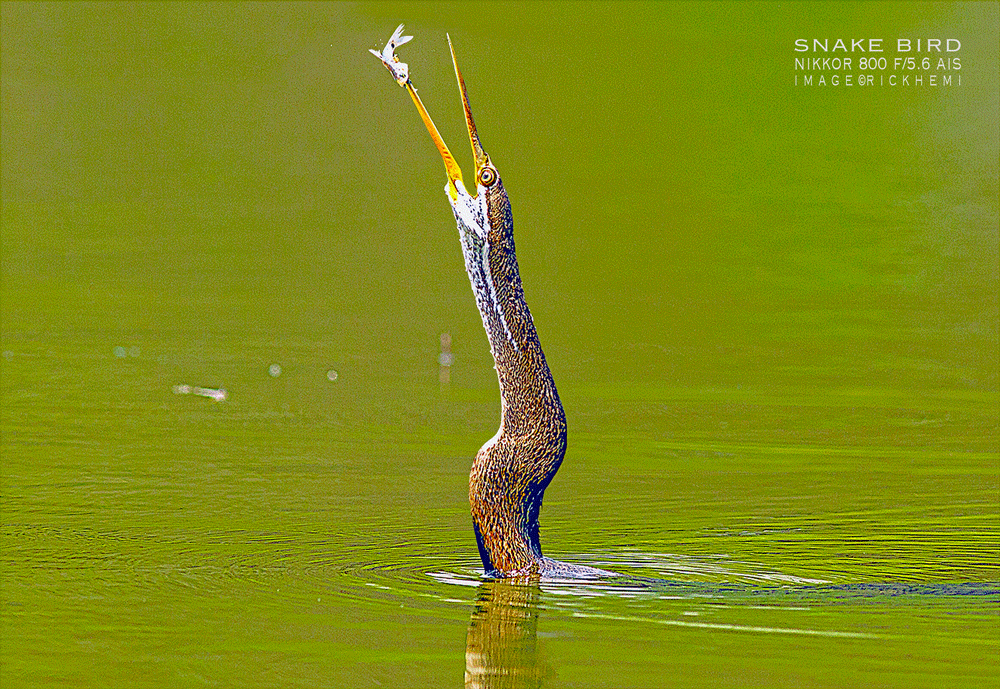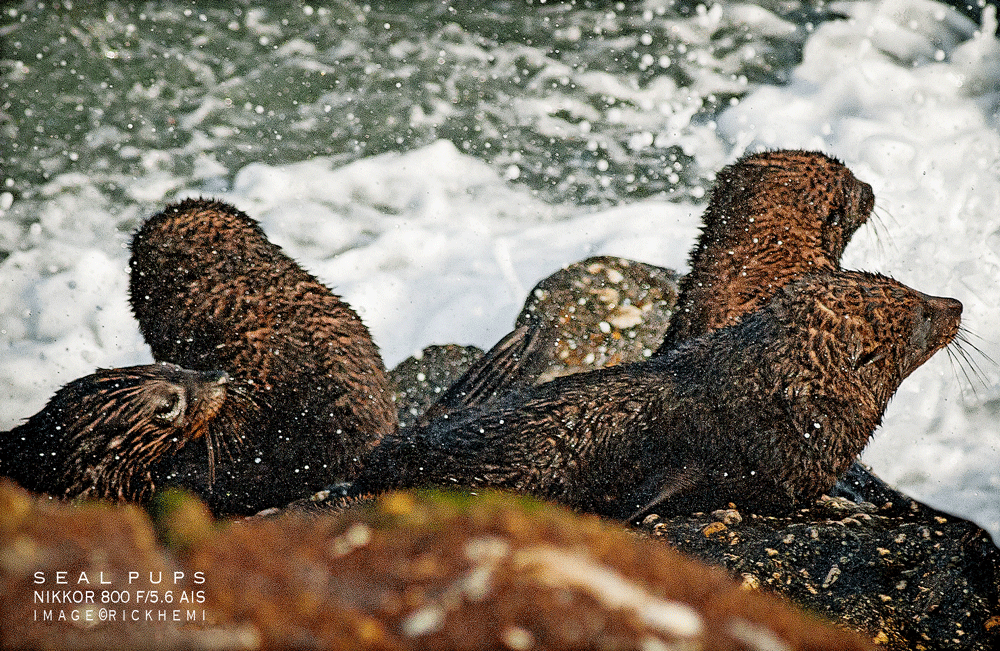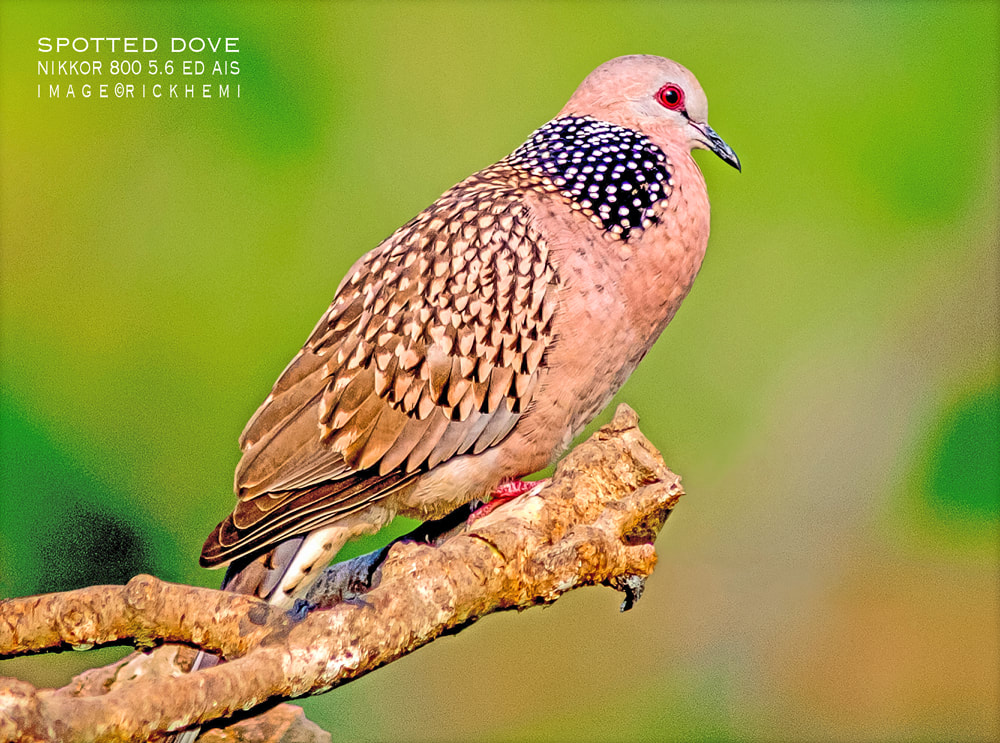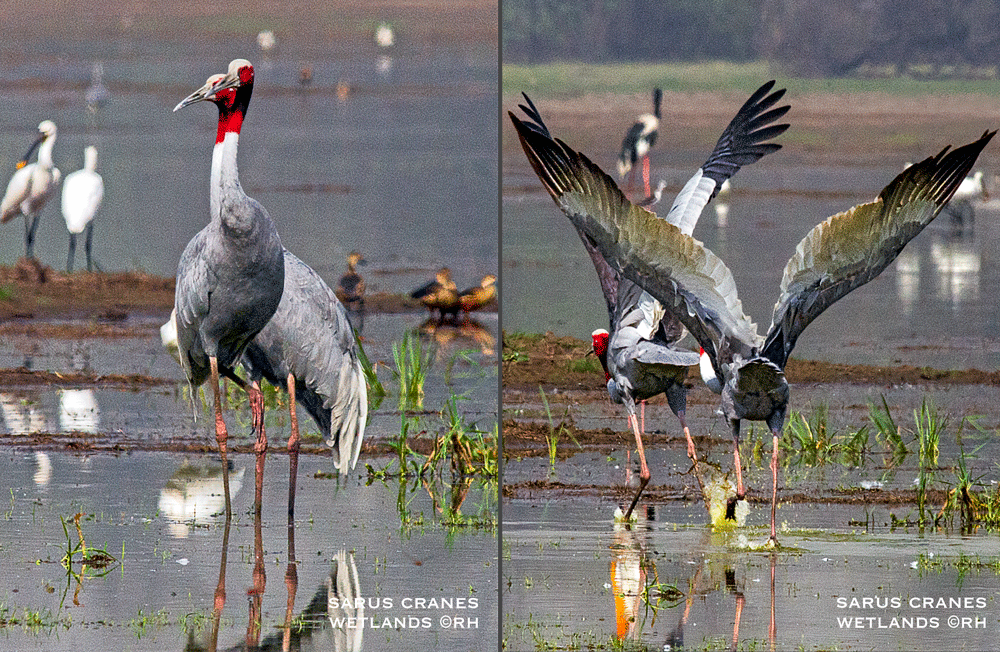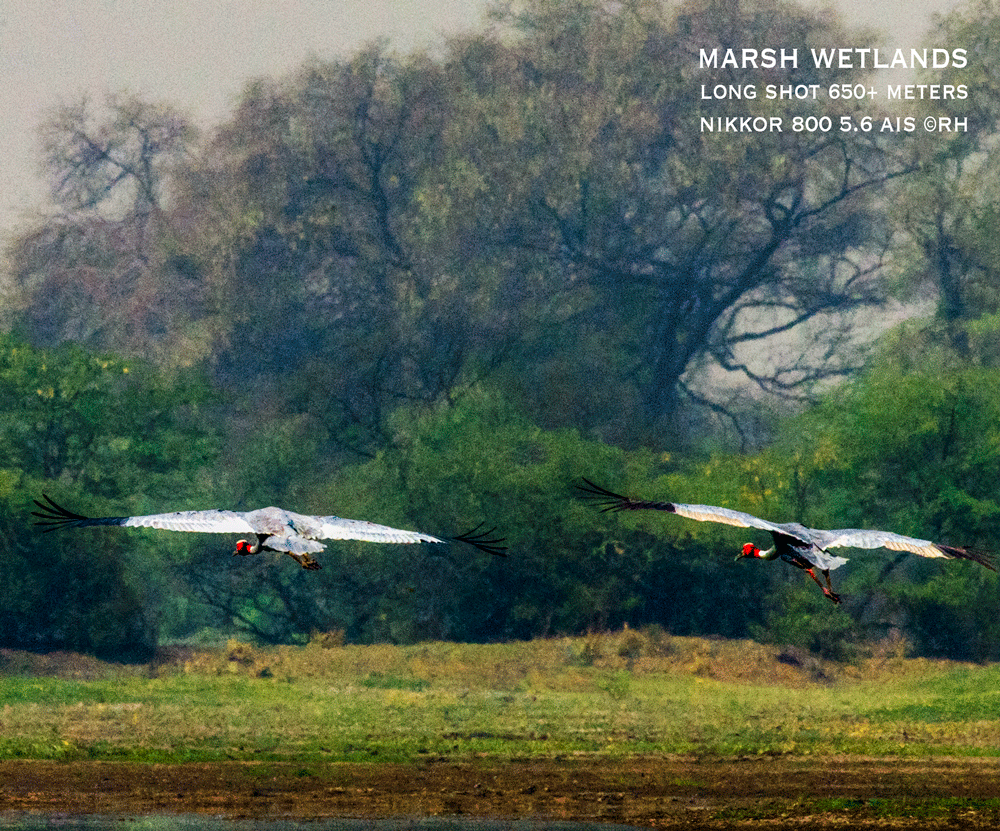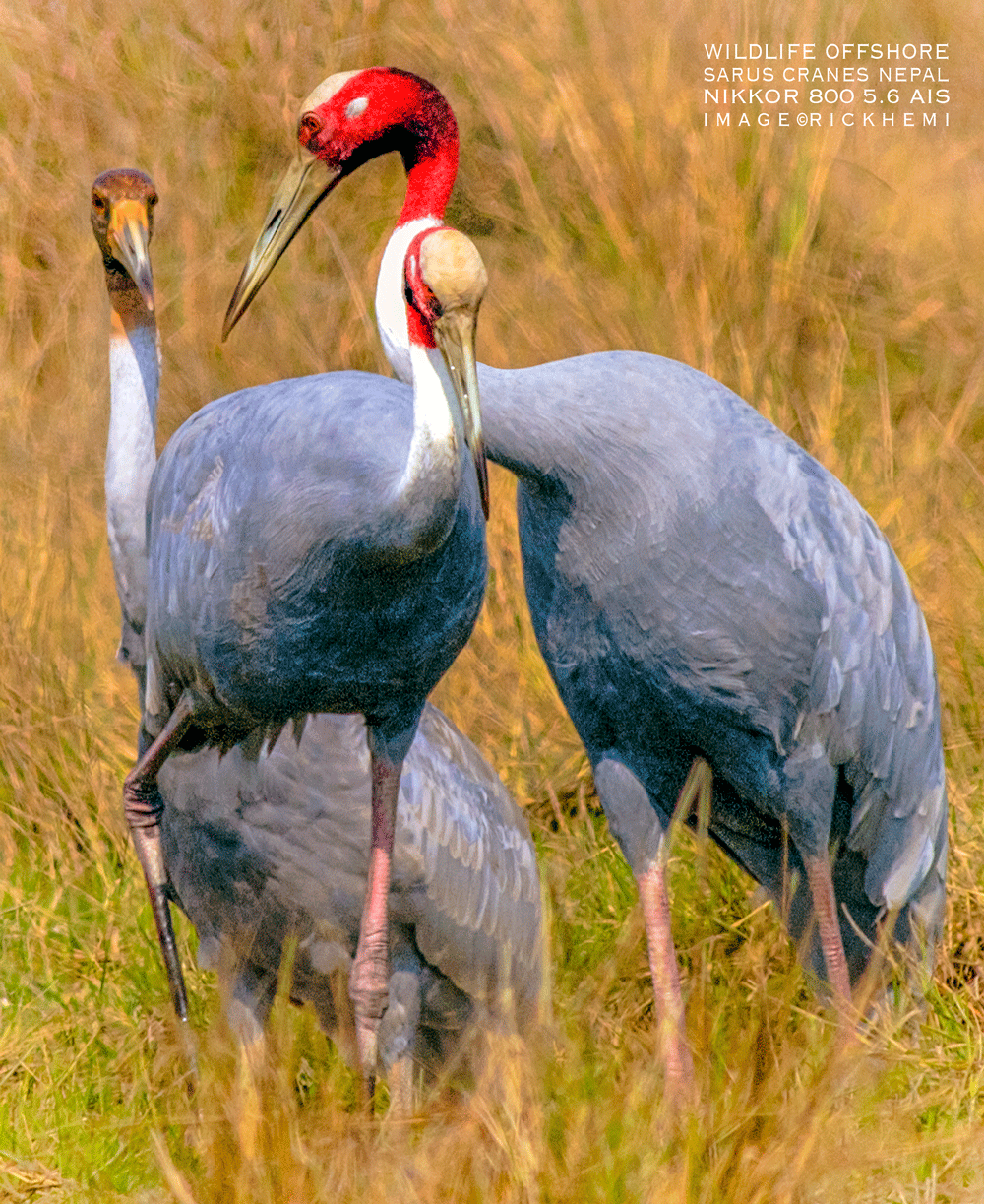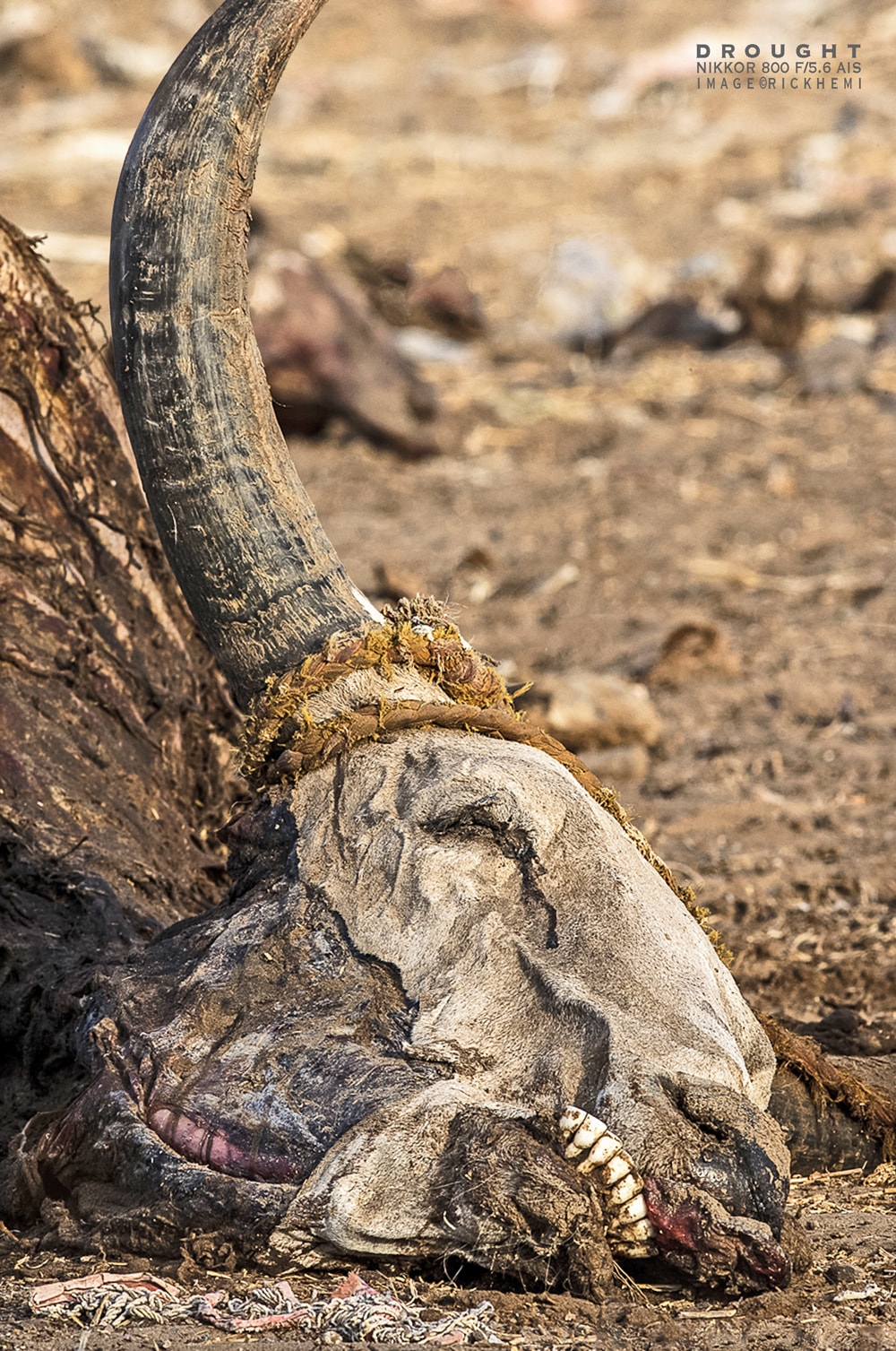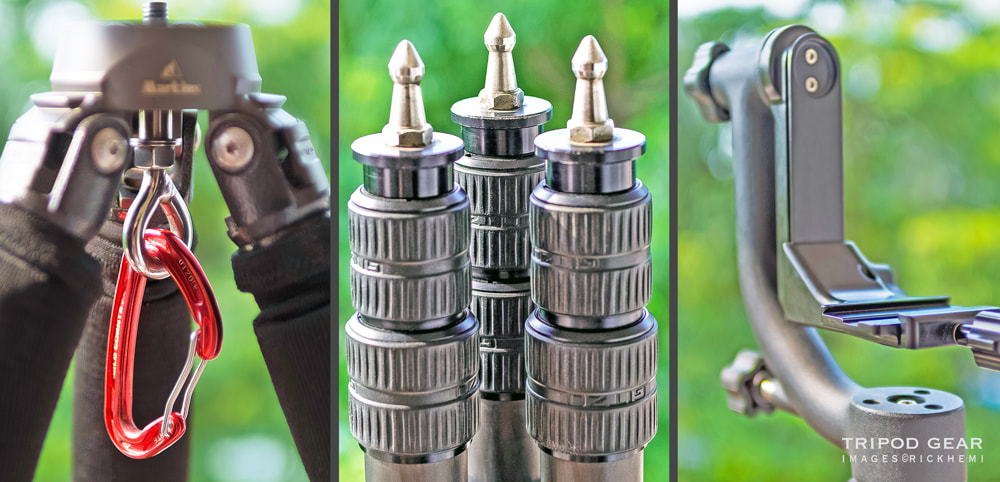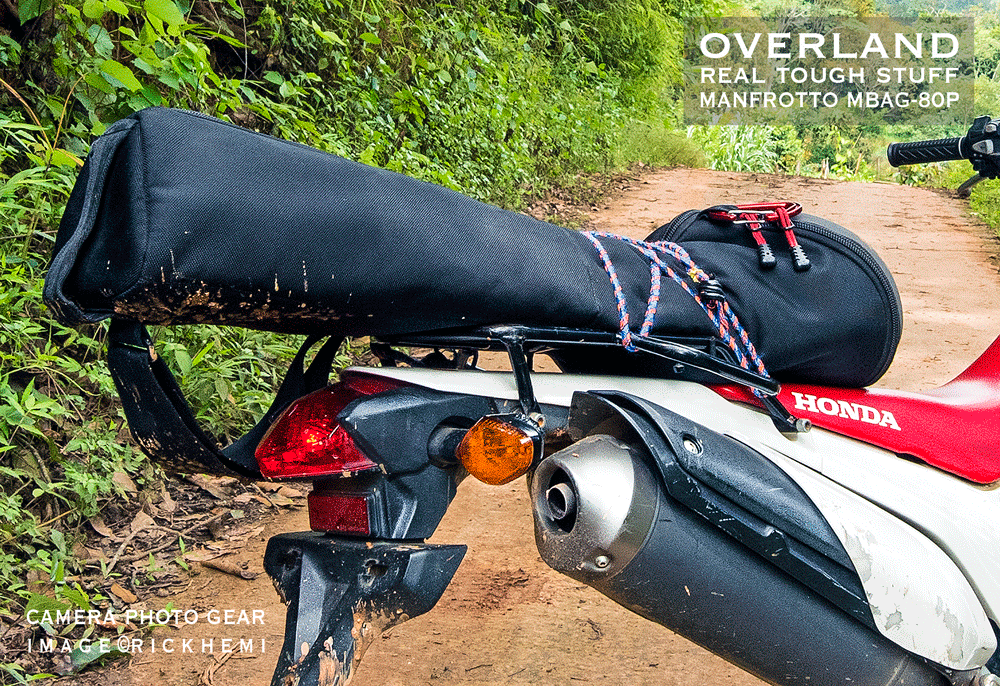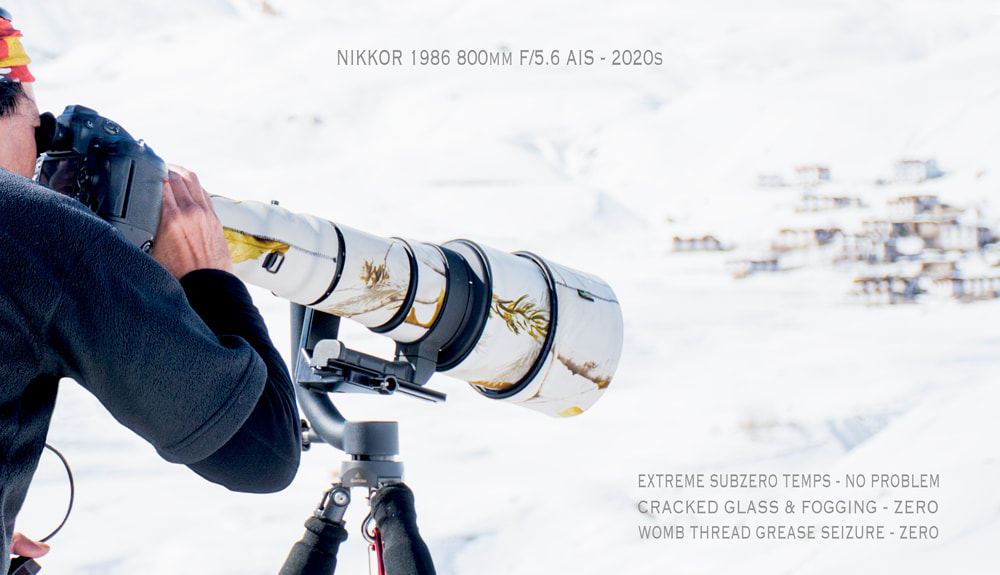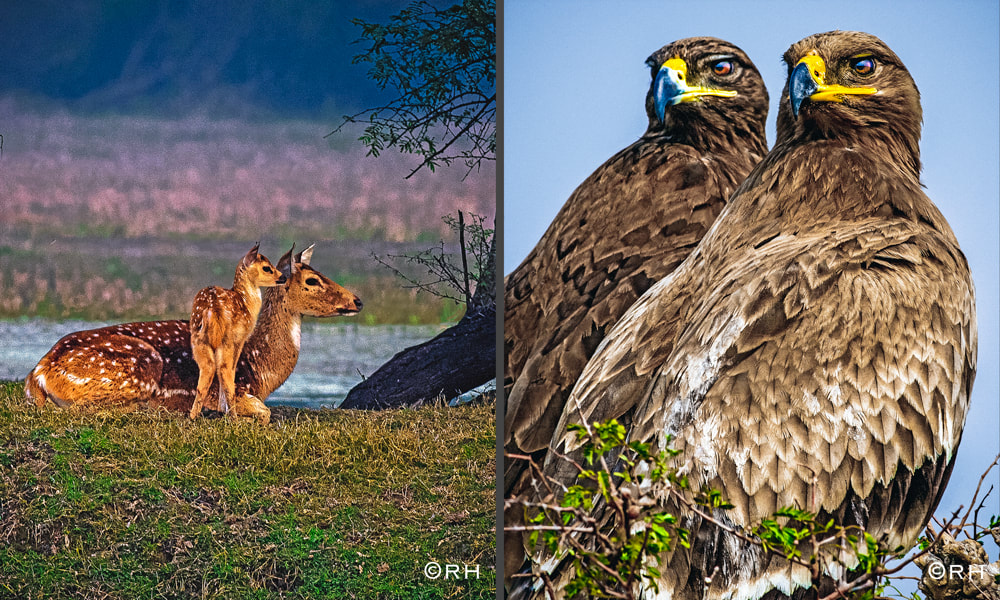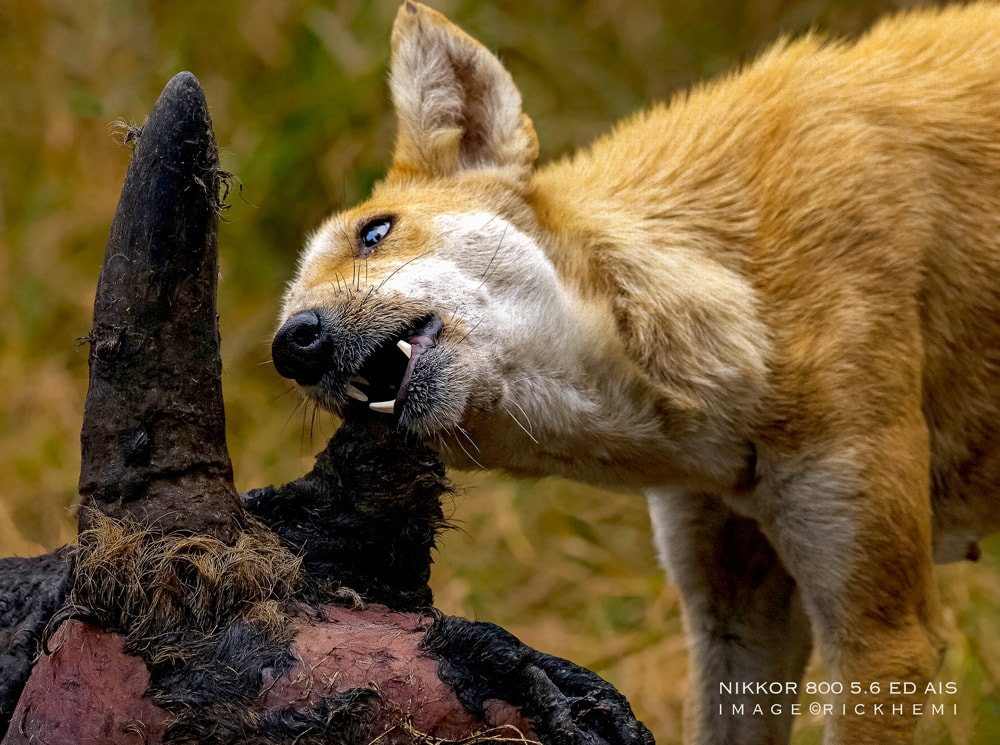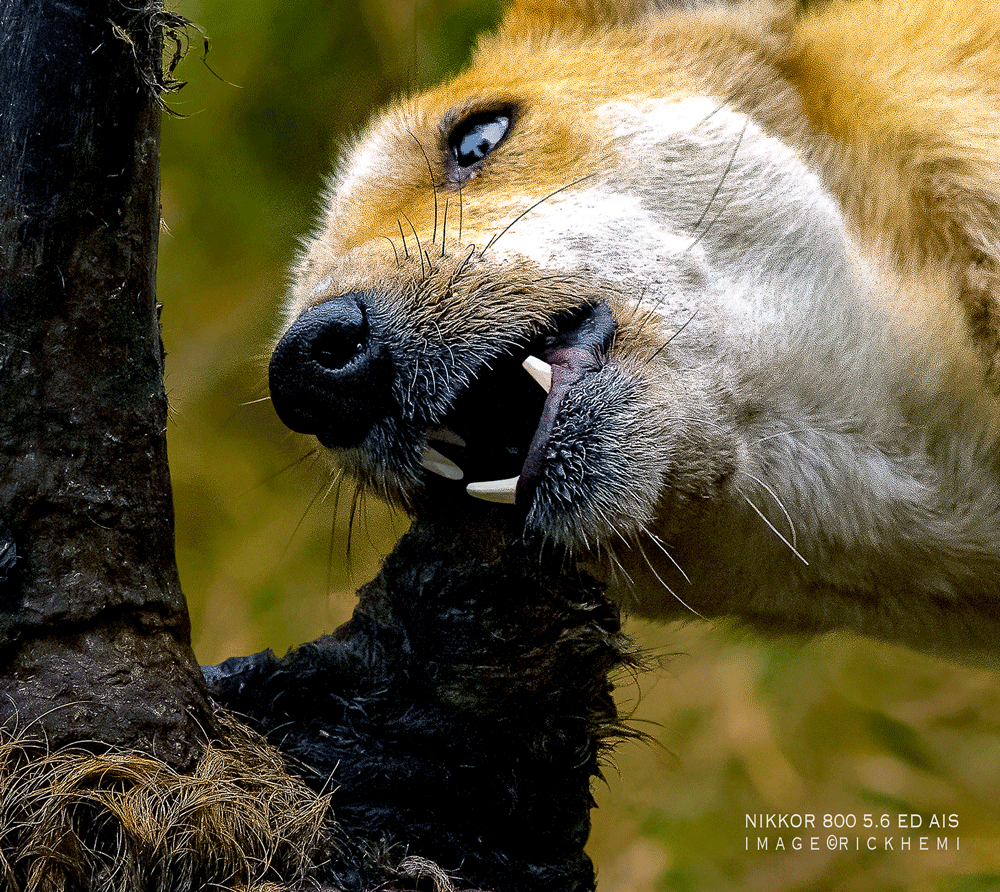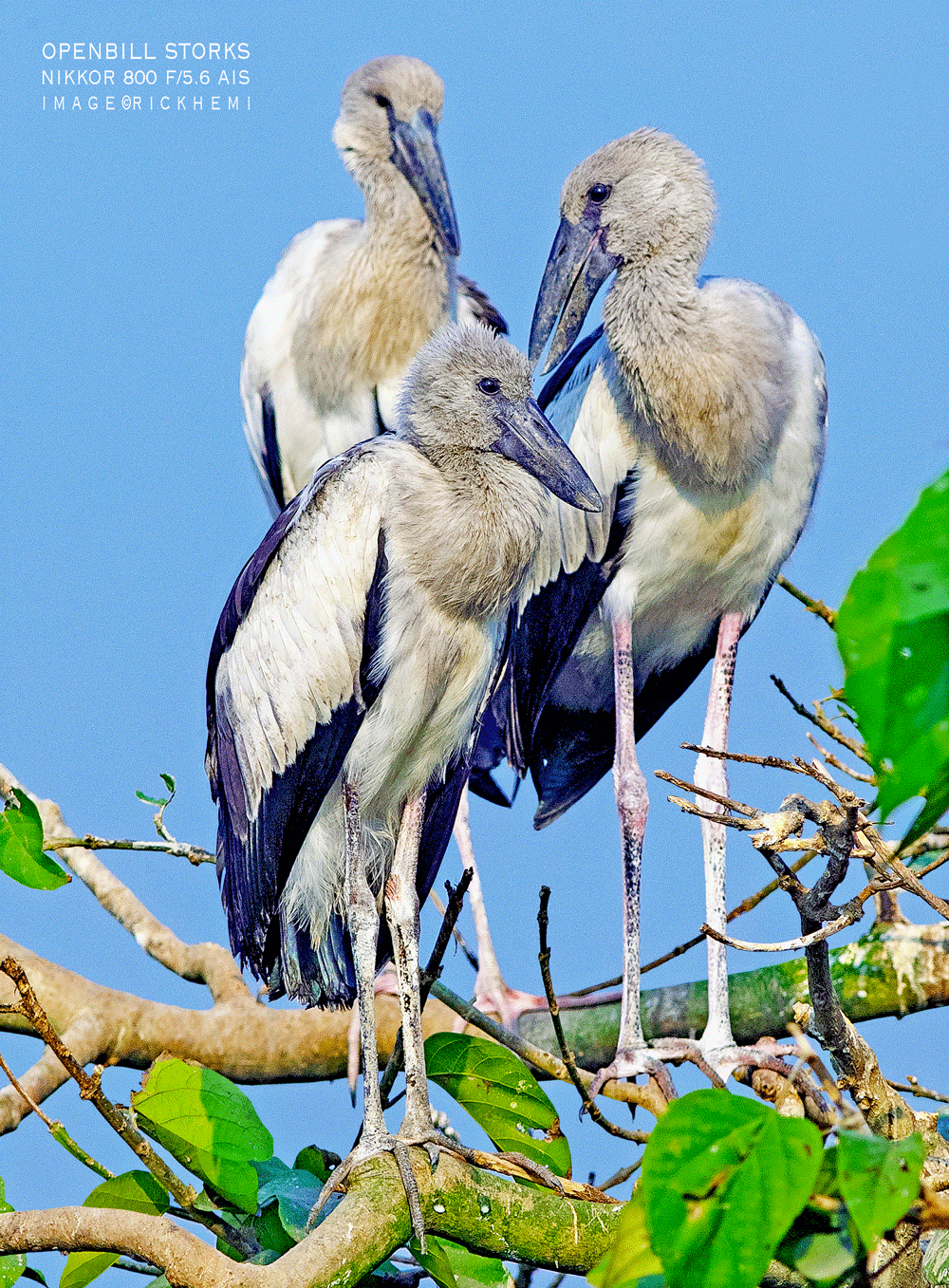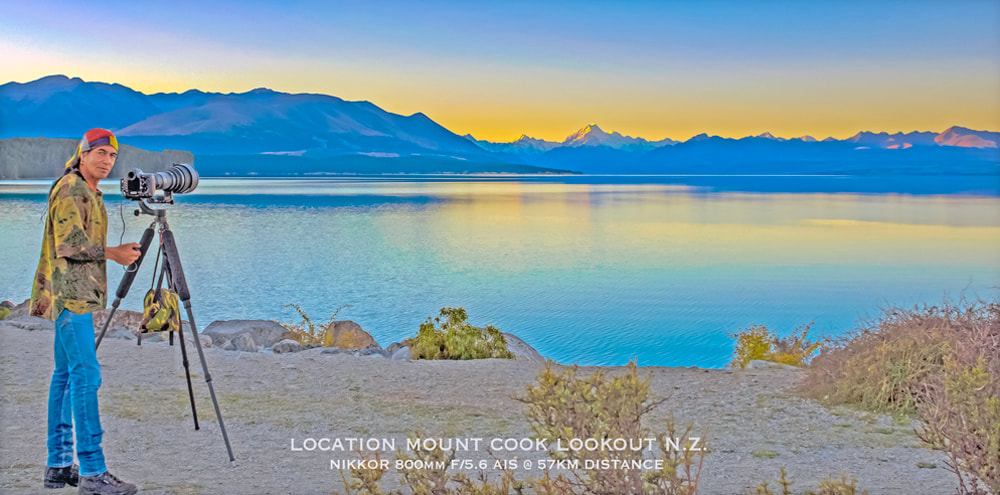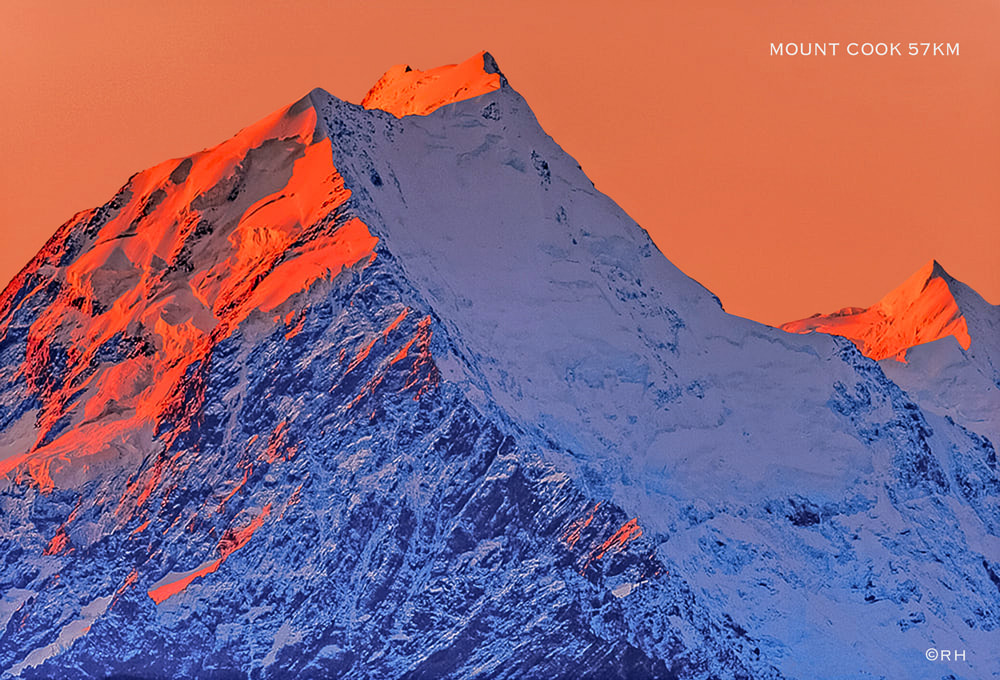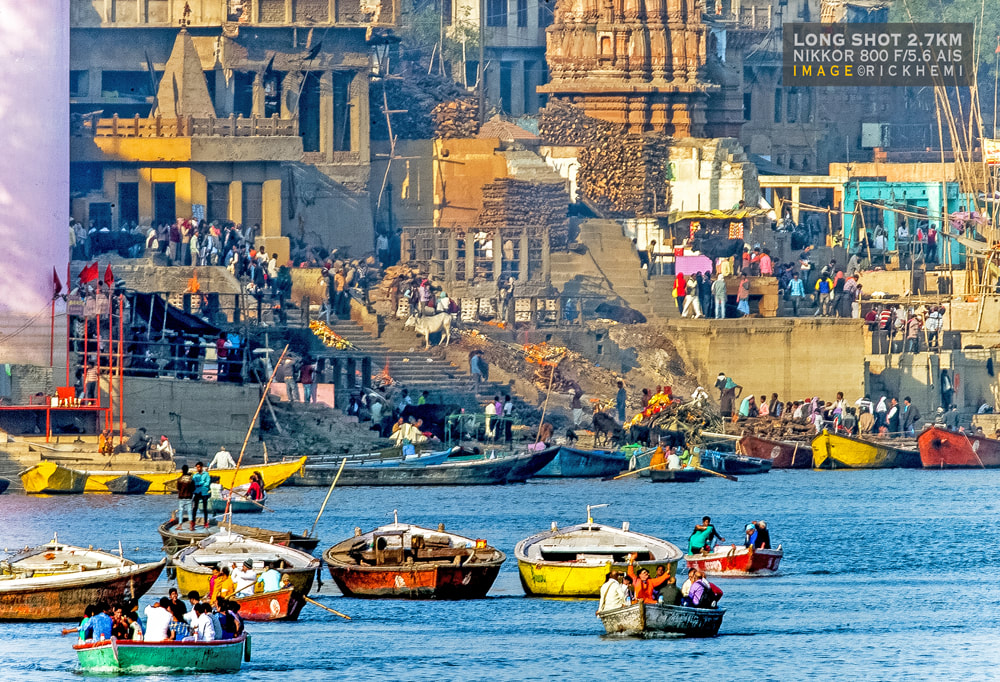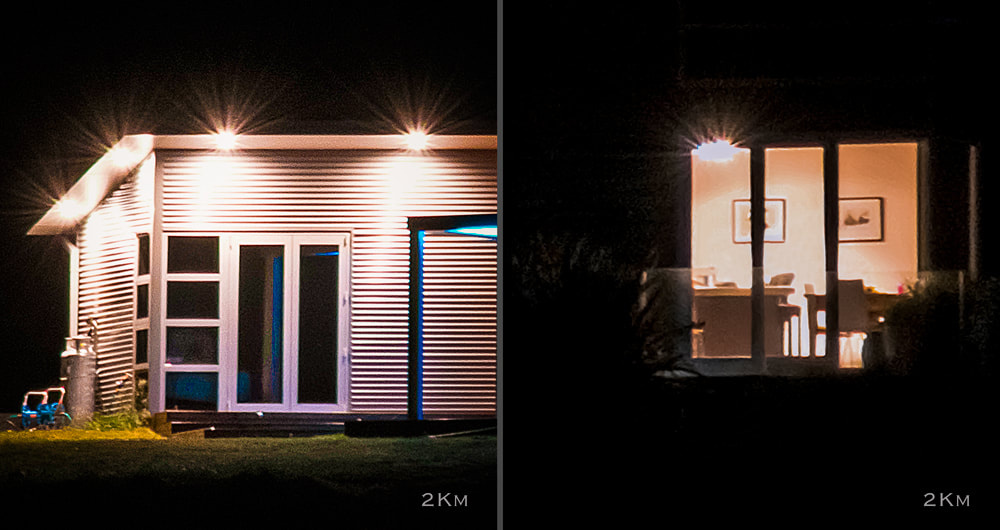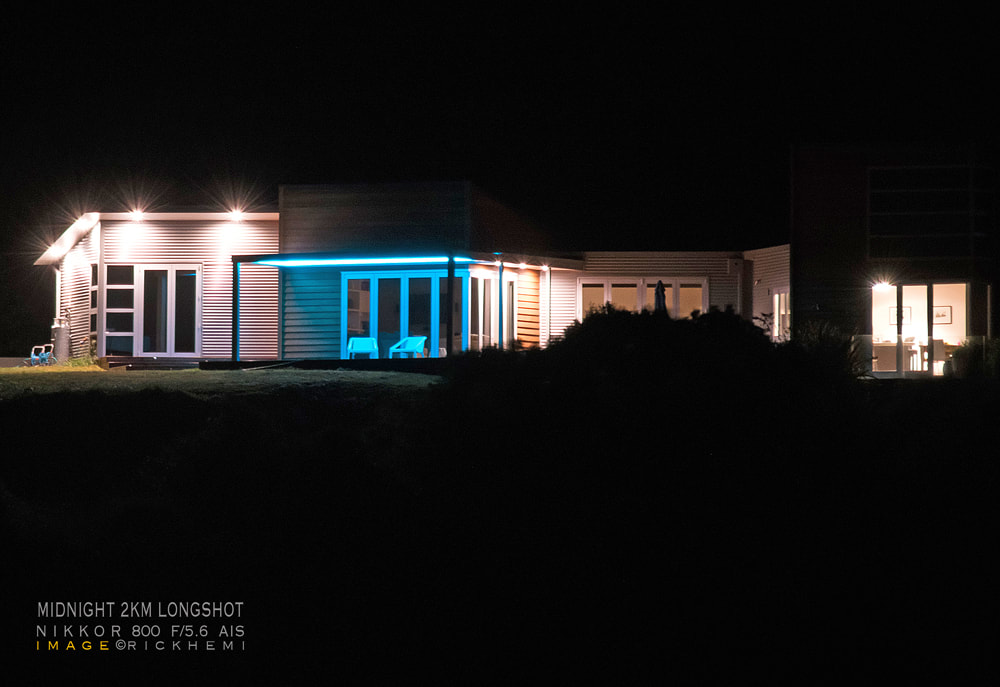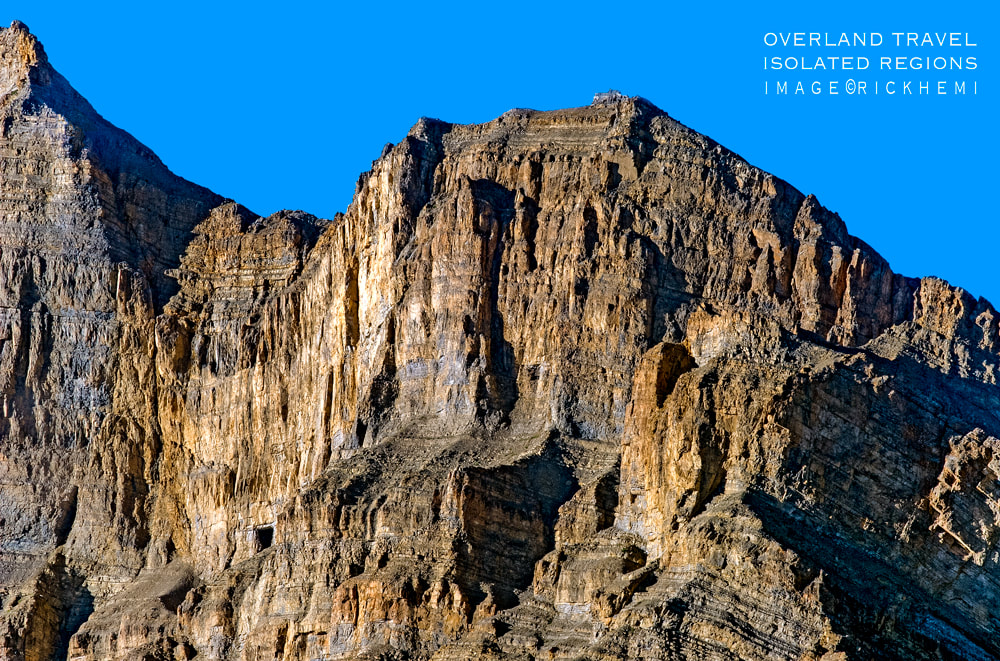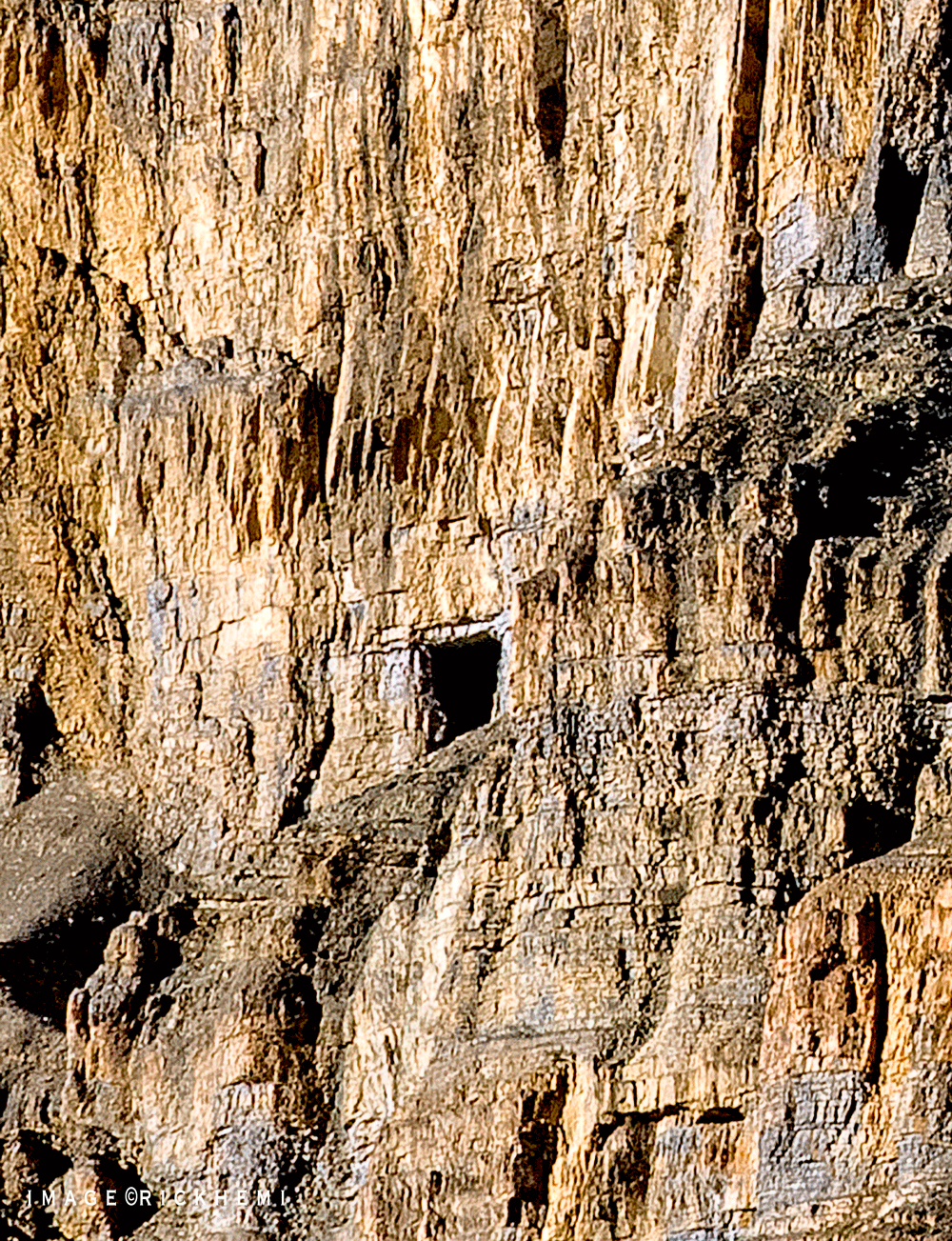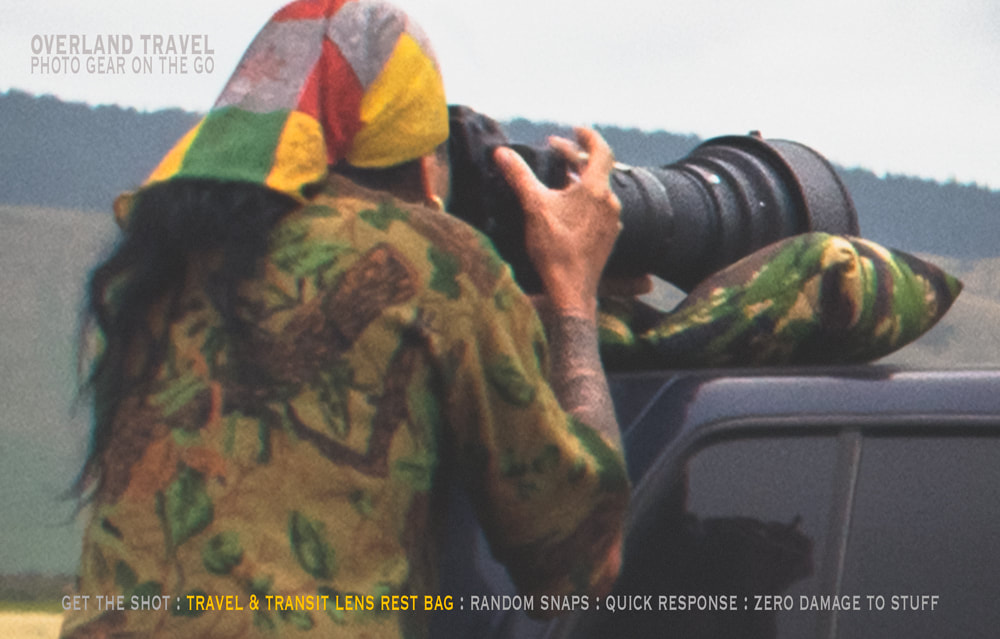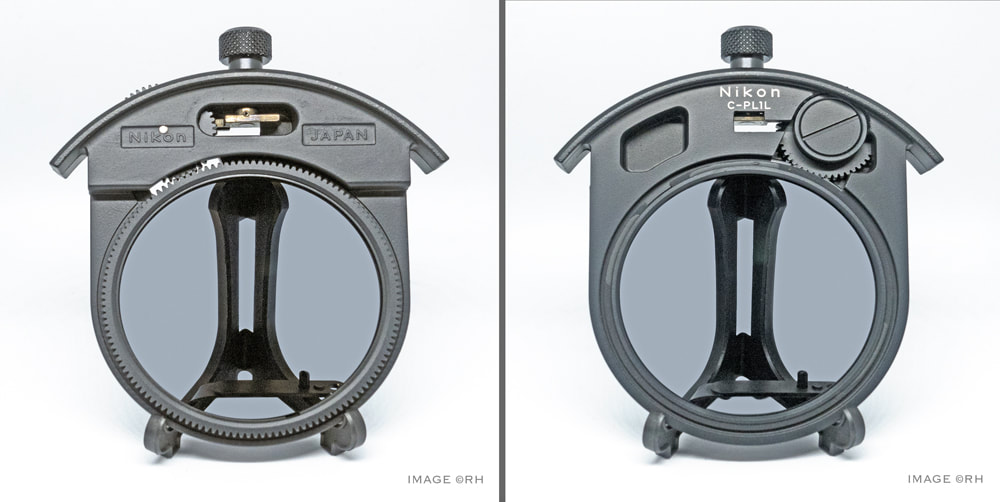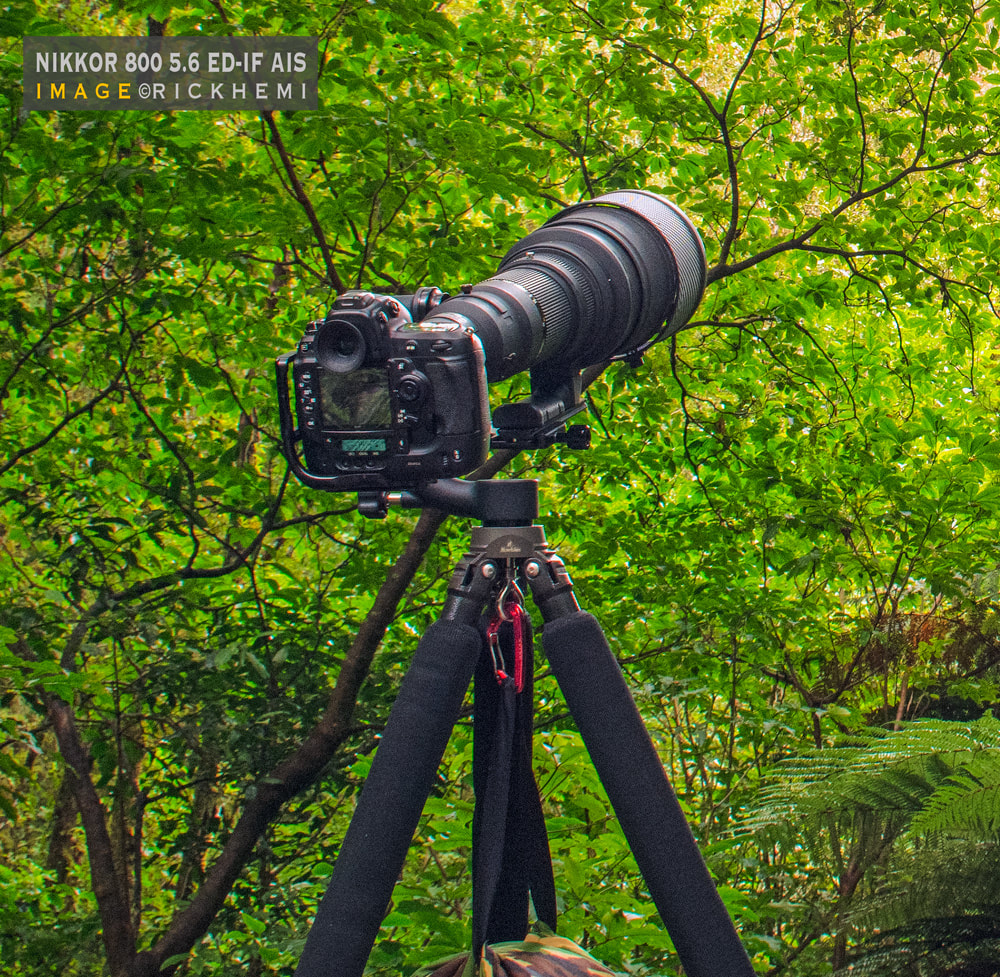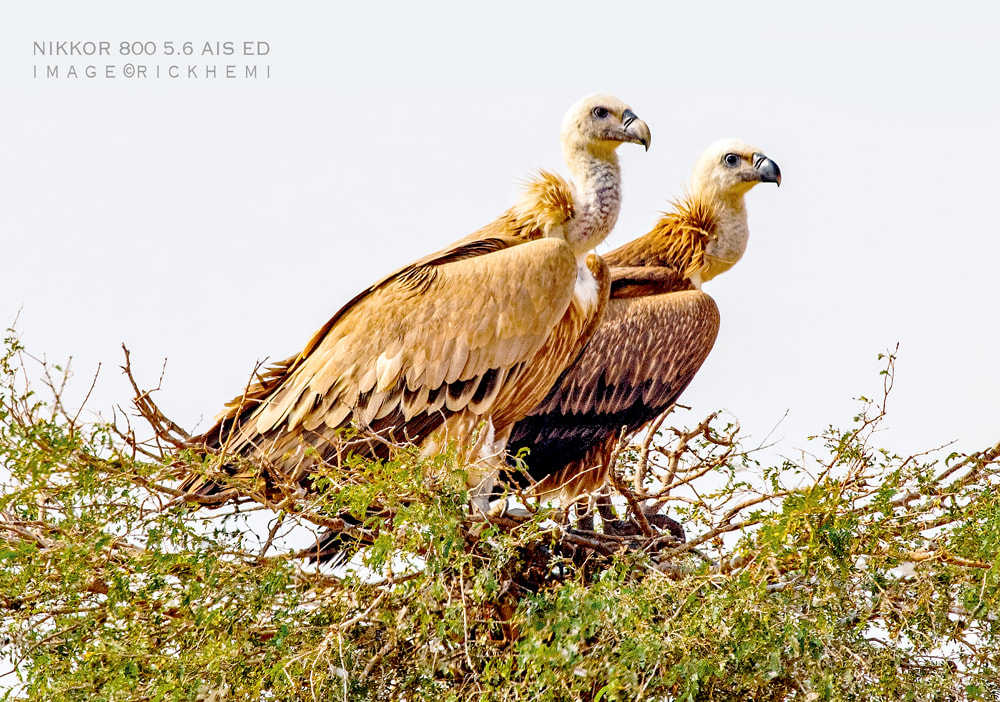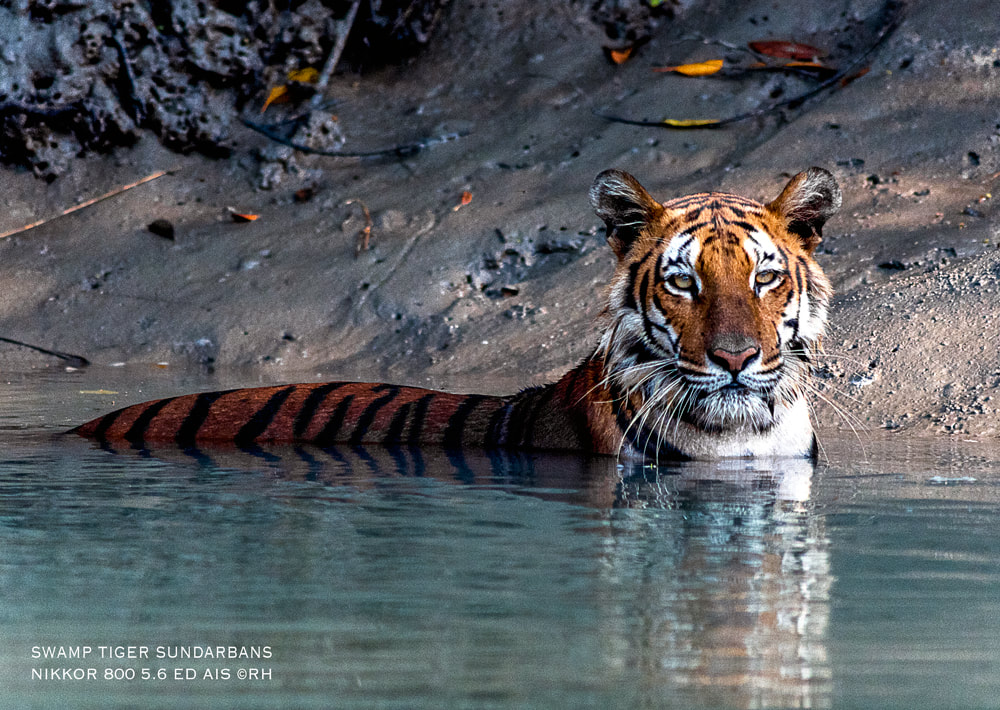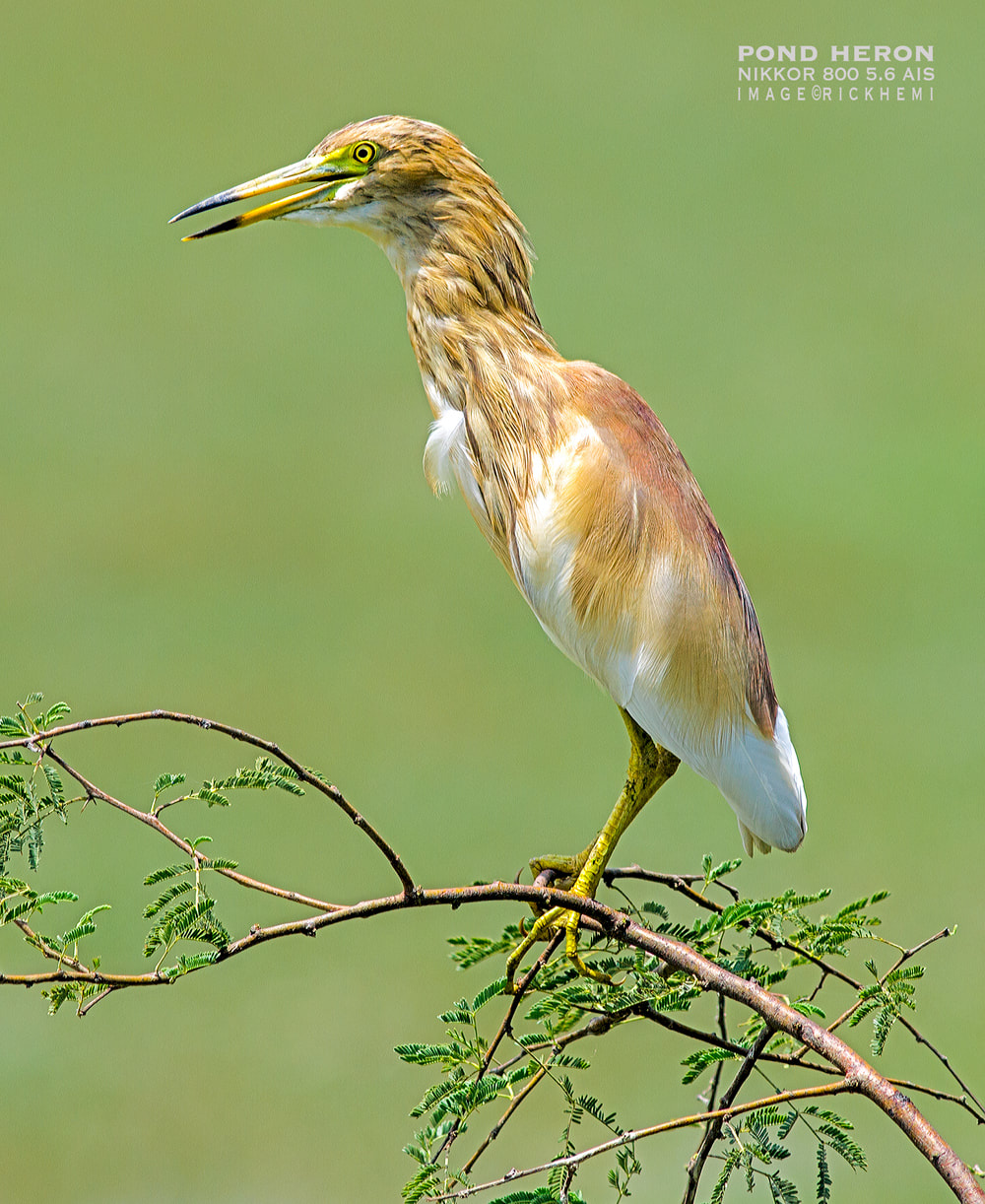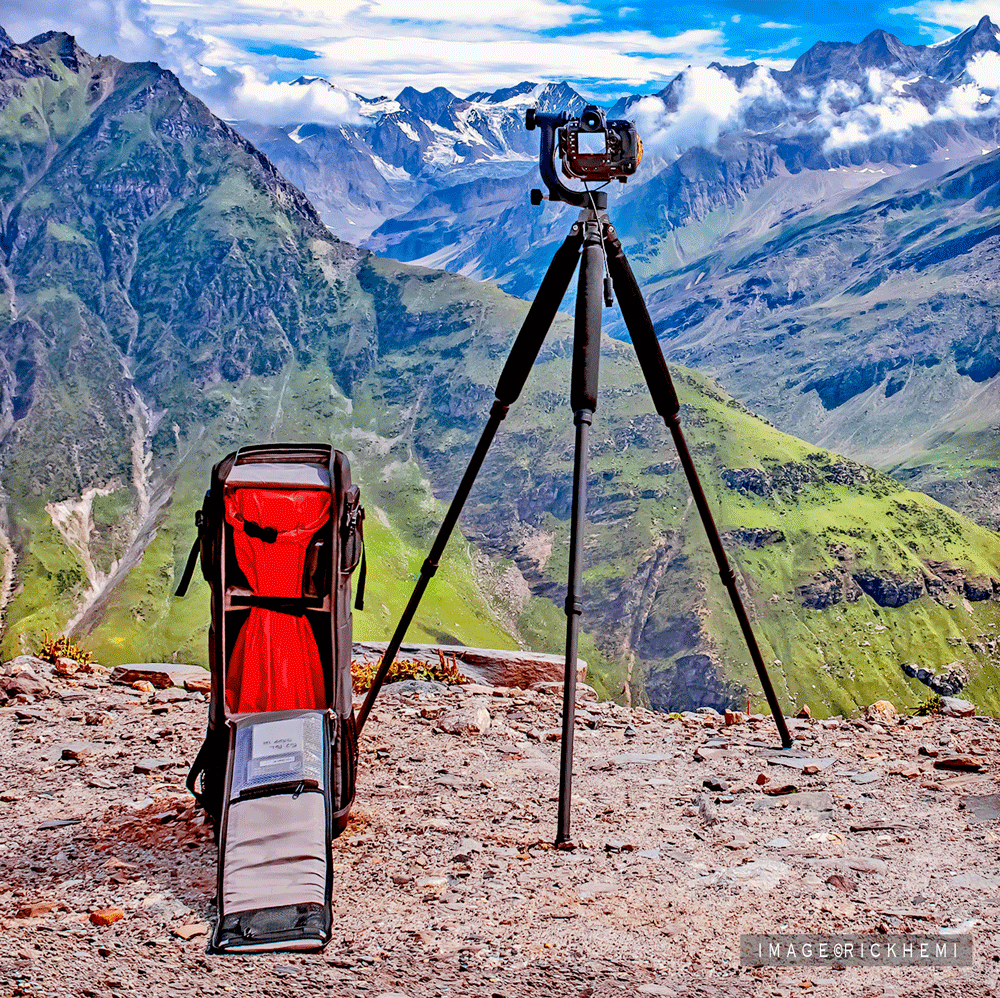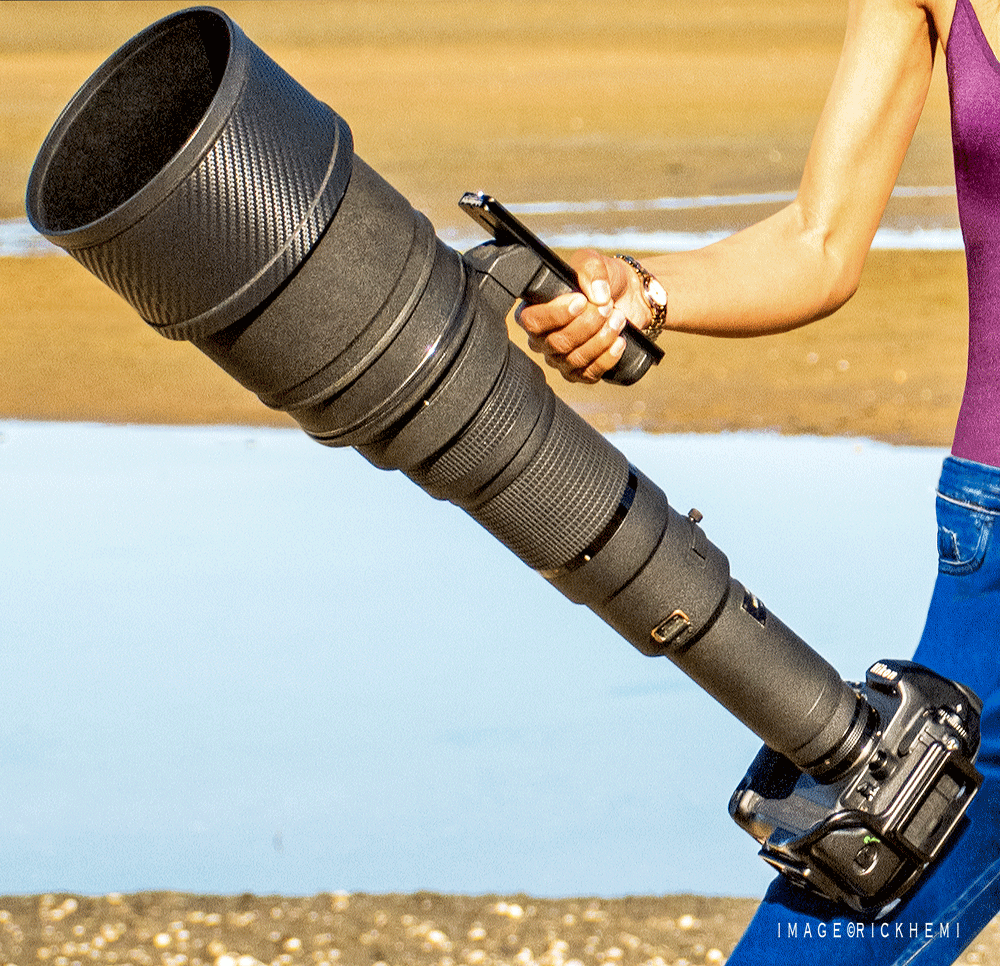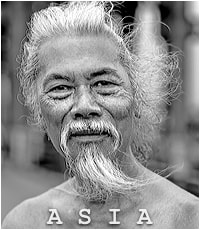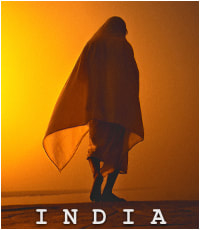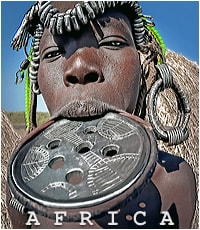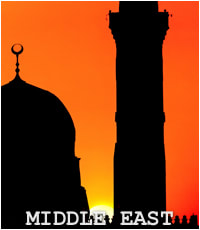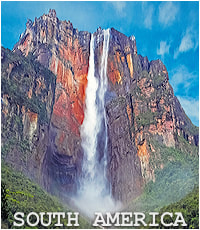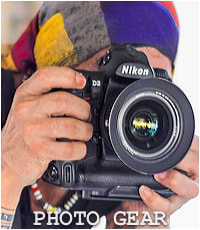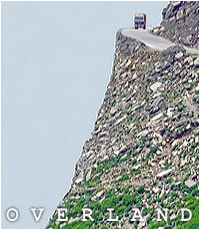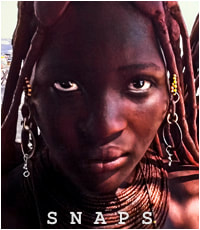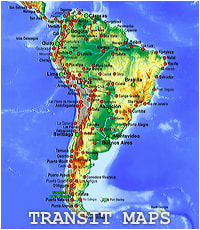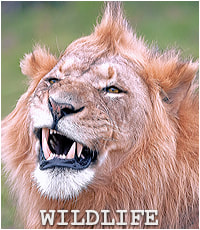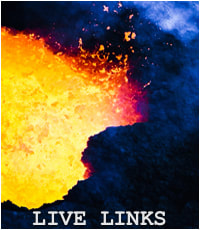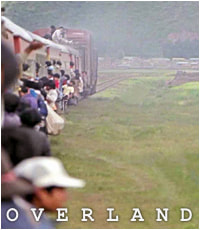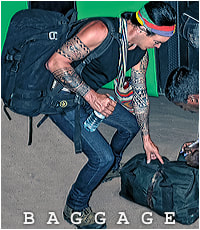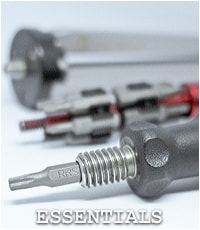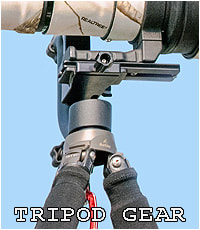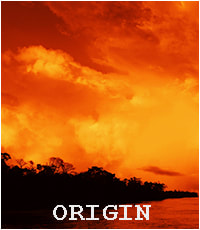Intrepid Overland Travel
Overland Travel - Nikon Nikkor 800mm 5.6 ED-IF AIS
Asia - Africa - South America - Middle East
All Images By Rick Hemi
Is The Nikon 800 5.6 ED-IF AIS Lens Worth It's 5.5 Kg Weight To Carry Around?
It's really a personal choice, and depends where one is based, that a lens of this caliber can outweigh the disadvantages of its weight and bulky length. A versatile pack to carry such a long heavy lens, is the sleek slimline Kani pack (L-300L). The Kani pack can accommodate an 800mm lens with any pro-body attached (images down the page). The 800 lens does show signs of CA fringing on wide apertures when capturing high contrast exposures. At times, the odd halo appears when pointing at certain angles towards sunlight. CA and halo are easily removed in post processing.
The 800mm lens in DX mode (1200mm) captures distant subjects with ease. This saves wasted parts of image space not required. I also carry a 1.4x teleconverter, but is hardly used due to the powerful magnification of this lens. Overall, the Nikkor 800mm f/5.6 AI-S lens is still an impressive piece of glass to use for wildlife, astro, landscape, street photography, and random diverse street subjects in the 2020s
What are the downsides of the 1986 Nikkor 5.6 ED AIS? The lens for many will be heavy, really heavy weight, almost cumbersome for anyone used to using lightweight lenses. The 800 is manual focus only, and requires being used on tripods. The lens is also difficult to use for fast moving subjects, like birds in flight, even for experienced photographers. The drawback, is the lack of auto focus on fast moving subjects at certain angles when focus and DOF becomes an issue to retain sharp images. The lens when used in certain lighting can give lateral chromatic aberration (CA). Overall, the Nikkor 800 5.6 AIS produces good image captures for all kinds of still photography at any location. Those in a rush having limited time, or lacking patience i.e two minutes here, one hour there should avoid this lens.
Above, offshore in the wilderness using the 800 5.6 ED AIS. The 5.5kg lens requires a stable tripod and reliable tripod head. Where do you get your hands on this rare manual focus lens in the 2020s? KEH USA, Japanese eBay camera sellers.
B&H photo, and KEH camera are still going strong, as they were in the 1980s. Three years after the Nikkor 800 5.6 ED AIS was released the lens was selling for $4200 USD. The inflation calculator has that original dollar price in 2024 @ $10.389. As mentioned numerous times through this website, the 1980s was the best decade for work, travel, quality made products, most of — Total Freedom.
Length 670mm : Diameter 163mm : Weight 5.5Kg : Optics 8/6 (3ED) : f5.6 - f32 : Drop in Filter 52mm : Units Manufactured 3004 - 1986 2005 : Serial Sequence 200001 - 203004
DSLR full frame lenses today are just paperweights according to couch potato online photography reviewers. Well, they maybe correct on certain lens designs and brands, but one lens that still gets the shots, is the 1986-05 Nikon Nikkor 800 5.6 AIS prime. I've probably tested this particular lens in more different extreme climatic conditions than most photo-bloggers could ever dream of experiencing. The classic 800mm 5.6 AIS has certainly surpassed all rugged overland travel and transit journeys, and has never failed - not once above +50C to below -33C. No melted or seized womb thread grease, no fungus issues, and no front cracked element due to extreme subzero temps. This lens gets a 10/10 rating for reliability within extreme environments.
Slow moving subjects, landscapes, and stationary subjects using the 800 5,6 manual focus lens is not difficult. When having no required time limit to manually re-focus, or to quickly change settings makes this lens shine. Using a stable tripod is imperative to hold the 6.5 kilo weight (lens and body), including a reliable tripod head that's easy to work with. I've personally been using a Wimberley WH-200 head with this lens with positive results. All images on this page are low res only.
Sarus cranes captured in lowland wetlands Asia - Nikkor 800 5.6 ED AIS & D3S 12 MP
The Nikkor 800 5.6 AIS is now 38 years old, still working perfectly in the 2020s — above capture DSLR D3S.
A fully grown monitor lizard captured from distance using the 800 5.6 AIS lens.
The Nikkor 5.6 ED-IF AIS was manufactured from 1986-2005 with 3007 units produced. The 800 5.6 in 2020s is considered an old horse. The lens, like many other classic manual focus lenses can accommodate a dandelion chip if need be. This particular chip is designed to fit most manual focus lenses of makes and designs. I would personally recommend this lens to anyone who's thinking to upgrade from smaller prime lenses, and able to tolerate manual focusing. Mint condition Nikkor 800 5.6 AIS lenses can still be purchased online through Japanese eBay sellers, or KEH used camera gear USA. Images on this page (all low res) were taken with the 800 5.6 with D3 and D3S 12 MP bodies.
Lunar Captures -Multiple Rapid 90° Rotations.
1 - ARN 6637 02:14:12 : 2 - ARN 6638 02:15:04 : 3 - ARN 6664 02:25:54 : 4 - ARN 6679 02:32:32 : 5 - ARN 6680 02:34:10
Multiple 90° super rapid rotations, all rotations occurred in 20 minutes (02:14:12 - 02:34:10). The 20 minute lag time between captures vary from adjusting refocusing lens and tripod head. In other words, rapid rotations occur within in seconds — not minutes.. No one is talking about these events in relation to Lunar landings — Smoking gun evidence of all time, exposing NASA Moon landings were fabricated. In no way have these images, including all other rapid 90° rotation captures in this website been manipulated, turned, moved, switched or changed from their original capture. Light and saturation adjustments only. All captures were taken in RAW NEF with each image file containing original EXIF Metadata. All above image captures were taken @5°-9° East.
In plain sight, the moon rapidly rotated 90° between taking these two captures in 0.52 seconds — 02-14-12 - 02:15:04.
So, do you still believe the NASA moon landings happened? An impossible event global population still thinks it did happen. Super rapid Lunar 90° rotations occur within seconds — not minutes. Confirming this, the shortest time period between captured shots of rapid 90° occurrences I've taken, is 13 seconds. These occurrences happen through 24 hour cycles, although very rarely photographed, videoed or spoken about. The above 90° rotations captures are from one event. All rapid 90° rotations captures from 2016, 2018, 2022, 2023, including RAW NEF EXIF Metadata — 'A Street Photographer's Viewpoint' here
Landscape long shots at different locations @15-20km — 800 5.6 ED AIS & D3S 12 MP
Landscape long shot (15km) 800 5.6 ED AIS & D3S 12 MP
The manual focus 800 5.6 AIS capturing action shots mounted on a tripod. This 5.5kg lens plus body is not hand-holdable.
Pond herons are mostly spotted in swamp wetlands - Nikkor 800 5.6 ED AIS
Purple Moorhen - D3S, Nikkor 800 5.6 ED AIS
Still motion captures taken with the Nikkor 800 5.6 ED AIS prime & 12MP D3S.
Snow Leopard - Himalaya
Fake news isn't only found in news media. It's also found in wildlife blog sites and social media. When reading anything on snow leopards found roaming above 4900M, or that these big cats avoid strolling through snow, it's probably 99.9% fake. Snow leopards have no food source past 4900M. All their food source remains below 4900M. Snow leopards, stroll, run, hunt and kill prey in snow. The only way of actually seeing this, is in midwinter season. During summer, snow leopards do wander down to lower elevation levels below 3500M. The best time self-tracking, spotting and photographing snow leopards, is in midwinter during a complete whiteout.
Avoid the summer season no matter the region or location i.e. Mongolia, northern Pakistan, India. There are far to many one week tourists scaring snow leopards into hiding. Image captures of snow leopards captured in snow are more impressive, and worth the extra effort being in extreme subzero temperatures.
Reaching Spiti Valley during midwinter can be a mission. Snow drift can block the only road route for days on end. I was held up for 3 days in Rekong Peo until the road track was driveable. 99% of "wildlife photographers" head directly to Kibber, or to Chicham, where open canyons are easily viewed from high location points spotting snow leopards. I decided to self-track self-spot at other locations well away from Kibber that yielded positive results. Traces of fresh snow leopard pug-marks and droppings were found at various particular points. Within an hour or so, a snow leopard was spotted slowly wading through virgin snow @4300-4400M elevation.
The chance, the possibilities of sighting this "grey ghost" is a rare event - call it shear luck. Leaving the Kibber region well away from other photographers was the right choice. Most snow leopard images taken in Kibber, or at Chicham bridge are captured at downward angles. By 4pm, this high elevated location was beginning to bite with subzero temps falling below minus -17C (windchill -25C). The sun was sinking fast, and the only way out was already looking like an ice skating track. Only experienced drivers who have driven on dangerous icy roads should risk driving up at these high altitude levels during midwinter.
Simple shot, jungle wood apple, Nikkor 800 5.6 ED AIS manual focus lens — wide open @5.6
Both images are cropped long shots from the same NEF file. The capture was taken from 70+ meters using the 800 5.6 AIS & D3S
Example long shot snaps with the 800 5.6 ED AIS mounted on 12MP D3 and D3S bodies
Cropped image of Grey herons nesting taken from approx 80 meters.
Purple heron with a morning catch, a spotted owl eye balling the lens - Nikkor 800 5.6 AIS ED.
Spot billed ducks - D3s, Nikkor 800mm 5.6 ED manual focus lens.
Grubby open bill stork - D3s, Nikkor 800mm 5.6 ED manual focus lens.
2020 Plandemic Moon — 19% waning crescent - Nikkor 800 5.6 ED AIS @ f/11 1/160 Sec ISO 100
Quick snap examples wide open - 800 5.6 AIS, below, a long shot cropped 80% of the original NEF file.
Isolated Regions - Bird & Wildlife
Egyptian Vultures - D3s, Nikon 800 5.6 ED-IF AIS - Manual Focus Lens.
Fox Glacier - D3s, Nikon 800 5.6 ED AIS - Manual Focus Lens
+51C - D3s, Nikon 800 5.6 EDF AIS - Manual Focus Lens
Nikkor 800 5.6 AIS - Extreme Isolated Locations
Recorded +51C temp arid desert region Recorded minus -33C subzero @3800M
The Nikon Nikkor 80 5.6 ED AIS lens has been used in extreme subzero conditions. The lens operated in subzero temps to minus -33C with zero issues of womb thread grease freezing, lens glass elements cracking, or inner fogging. The 800 has proved itself as a reliable working lens in extreme +50c desert heat and double digit subzero temperatures.
Below, 40% crop from original NEF file, one of coldest locations through my overland travel journeys since '82, where I managed to capture moon shots in subzero midwinter temps @ minus -30C using the 800 AIS. All I can say, this lens would be packed ready to go for any future overland journey on the planet.
Wilderness - Nikkor 800 5.6 AIS
At times, finding good locations to photograph in the wilderness is totally insane. The above image capture shows there are no limitations whatsoever when it involves wildlife photography. Positioning tripods with 5kg lenses on the top edge of high cliff top faces was required to capture snaps of Himalayan Griffon and eagles in their natural habitat.The elevation level @3700 meters is the same height as the highest landmass in New Zealand - Mount Cook.
D3s, Nikon 800 5.6 ED AIS - Manual Focus 1986 Lens
Long Shots - Nikkor 800 5.6 ED AIS
Early morning ship salvage and gas axe crew long shots. Since 1982, I've traveled overland offshore crossing through countries and continents carting around some form of photo gear. In the 2020s, nothing much has changed. I still use some of those older classic Nikkor lenses capturing all different kinds of images.
These examples, taken with a Nikkor 800mm 5.6 AIS manual focus lens from a distance of 400+ meters. The 800 5.6 AIS lens in 2023 is over 36 years old. The three ED optics in the lens keeps it working with most DSLR bodies.
Snake bird, Seal Pups, Nikon 800 5.6 ED AIS - Manual Focus Lens
Below, wetlands heron with a catch - 800 5.6 ED AIS. The image may look soft, but for obvious reasons. A 75% cropped enlargement from a 6MP Nef file (D3S 12MP in DX mode).
Spotted Dove - D3s, Nikon 800 f/5.6 ED AIS - Manual Focus Lens
Sarus cranes - D3s, Nikon 800 f/5.6 ED AIS - Manual Focus Lens
Above, narrow field of view - long shot @650+ meters, D3s DX mode Nikkor 800 5.6 ED AIS.
Drought - D3s, Nikon 800 5.6 ED AIS - Manual Focus Lens
Offshore - Nikkor 800 5.6 AIS
Tripod gear : Camera Gear : Accessories : Reliable Baggage Gear
A set of stainless steel extended tripod foot spikes ensures stability when tripods are setup in soft ground. A solid stainless eye-lit can be purchased at almost any hardware store. Both accessories help to maintain tripods a firm non-movement grip reducing vibration, including safety using heavy photo gear. Anything available like rocks and bottles of water can be used to fill a bag, that's then attached to the eye-lit hookup keeping tripods more stable. Photo Gear Page : Tripod
Imagine arriving to any isolated location full of wildlife, but the lenses you have don't reach out far enough to capture distant subjects. This happens more often than most realize with some becoming very disappointed because of it. Moving up too close will usually cause wildlife to move even further away. Using 1.5, 2x, 3x tele-converters is optional. These should be avoided due to f-stop loss, increased ISO, slower shutter speeds in low light conditions.Page
For the last 15+ years, we have been living in a consumer world full of cheap made junk. At times branded packaging has more value than the actual product itself. A lot of camera gear stuff is just as bad. The deception anything newer is better, isn't really any better. Glossy market advertising has the habit of casting spells on people. Good quality designed items and products are recognized, by where the product is made, and by the years the product has continually proved its worth and value. Anything brand new has zero recognition for reliability until put to the test claiming years of hassle free fame. The Manfrotto MBAG-80P tripod bag, gets full credit for what it was designed for — Protecting tripods and stuff within any environment. The above MBAG-80P, since 2010, has survived everything and anything over-landing through three entire continents. Even within extreme subzero temps in minus -33C — for weeks! The same MBAG-80P, is still being used in 2024 with zero issues — how about that? Avoid being hypnotized newer is better.
Low light Snaps - Nikkor 800 5.6 AIS
The 800 5.6 AIS works well in low light. Remember, this is a 38+ year old manual focus lens having no auto focus weighing 5.5Kg + body. The three ED elements is what makes the 800 a good all round long range telephoto lens. The deer above were taken at dusk from 450+ meters at 1/60 second. By the time the photo gear was packed, it was already dark.
Roaming around freely on foot within marshy forest wetlands, one can suddenly bump into predators, like jackals. Normally, jackals stick together in groups. They aren't afraid of humans, and attack at will when necessary. Setting up the 800 5.6 grabbing this snap was more than risky, if other jackals were in the area. The only defense if approached by other jackals was a stick. The carcass was killed by other predators, either a leopard or panther.
Wetlands Swampland - Nikkor 800 5.6 AIS
2009 D3S DSLR & 1986 Nikkor 800 5.6 ED AIS manual focus prime 60% cropped enlarged 6MP images
57km long shot Mount Cook NZ - D3s, Nikon 800 f/5.6 ED-IF AIS
Long shot down river from Assi ghat of the main cremation ghat
2km long shot crops from the below image showing no coma — 1986 Nikkor 800 5.6 ED AIS, DSLR D800
Isolated region, 7km distance, enlarged crop below from above image — DSLR D3S, 800 5.6 ED AIS
Reaching Out - Nikkor 800 5.6 ED AIS
Nikon C-PL1L - Nikkor 800 5.6 AIS
Nikon C-PL1L brief history — Purchased brand new 2011 : Used multiple times : No coating separation issues.
I've used many different Nikon lenses through the decades, some better than others. Nikon, like other camera brands have made some crappy lenses i.e. E series and plastic AF lenses. On the other hand, Nikon has designed some series lenses that just keep on keeping on. The Nikkor 800 5.6 AIS is one of them. Below, The 800 5.6 on location, still a great lens to use in the 2020s - Bird life - Wildlife - Astro - Lunar
Traveling To The Wilderness? - Nikkor 800 5.6 ED AIS
Forget about using smart phone cameras & point & shoots.
As mentioned several times, good reliable DSLR camera-gear no-matter the brand capture great images. It's far more rewarding using DSLR equipment within wildlife parks, nature reserves or any wetland habitat. Most birds and animals will suddenly take-off, if approaching to close capturing shots of them. You rarely see wildlife photographers using smart phone cameras and point and shoots to capture images. The obvious reasons don't need explaining. Above image, captured at 250+ meters (DX mode cropped).
To actually track and spot salt water swamp tigers, is difficult enough let alone capturing images of them like these low res web image examples. Three DSLR bodies and three lenses were used within the Sundarbans over four days. One has to be fortunate to capture closeup images of these particular big cats. Three separate sightings at three different locations in four days was more than expected. Forget about wasting time and energy at the various watchtowers located within the Sunderbans. The distance, and angle of view will not get horizontal captures like these images. The 800 5.6 manual lens was used with a 2012 D800 body in manual mode — How about that?
Below image, captured across tree tops in DX mode with a full frame 12 MP body. The Nikon Nikkor 800mm f/5.6 AIS lens maybe a slow cumbersome tank in today's photographic world. The lens still works remarkably well in the 2020s for those not sponsored, or full-time paid photographers. The 800 5.6 ED classic lens, is worth its weight and light price tag for anyone that's not in a rush. (mint condition US$2500).
Nikon 800 5.6 AIS - AFS - Lens Pack + Pro Body
Looking for a Lens Pack that can accommodate an 800mm lens with body attached?
KANI PACK FOR LARGE 800 PRIME LENSES
The Kani backpack will hold a Nikon 800mm f/5.6 ED-IF manual focus lens with an attached Pro body with no issues (D3-D4-D5). An attached 1.4x converter is pushing it to the limit and won't fit. There's plenty of extra free space around the lens - even with the lens & body sealed inside a sea-summit bag. A pair of mini binoculars, 6 batteries, UDMA backup drive, 1.4x converter, and a couple of small primes i.e. 105mm, 85mm 50mm, 35mm Domke wrapped. The Kani has a non swivel harness, including a rainproof outer cover. The L-300L has slim inner and outer pockets to accommodate paperwork, filters, and other small items. The middle attachment holding the center of the lens is velcro adjustable and can be shifted up or down and reattached. The detachable top flap is also velcro attached above the camera body. This keeps the camera back protected from knocks and bumps, and keeps the top of the pack squared when zipped. The lower and bottom section of the pack has a secondary heavy duty thick outer mold guarding against knocks, wear and tear, including when in muddy, wet conditions.
I certainly recommend this pack as an investment safeguard for long large prime lenses. I have used the Kani L 300L pack over-landing in Asia. All transit journeys were by local buses, trains, and boats. This particular pack can also hold a tripod. Rating 8/10. Below image - Location snap of the Kani L 300L pack with a Nikon 800 5.6 AIS lens, pro-body, wrapped in a sea-summit bag @4000 meters.
The Kani pack and 800 5.6 lens has clocked up thousands of overland offshore transit mileage using local transportation without damage or issues since 2016. Overland travel crossing through countries and continents using basic transport with an 800mm 5.6 lens without adequate protection will eventually destroy the lens within a short time period. The Kani L 300L is recommended if still available. The Kani harness system is non-swivel. The removal of the lens from the pack is quick and simple. The bulky lens front element and lens hood fits snugly into the bottom of the pack. The pack's center cushion is held by three velcro flaps, and can be adjusted up and down to hold the lens barrel firmly in place. The top flap protects the cameras backside and removed when required. The solid base ensures the pack to stand vertically. There's also enough pockets adequately placed around and inside the pack for small items like filters, SD and flash cards.
Note, all images are the property of the website owner. Image thieves will be placed in the website theft page.
www.rickhemi.com 2024
Design by DivTag Weebly Templates
